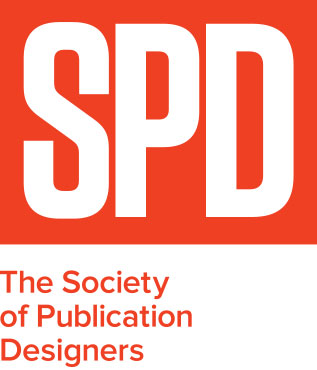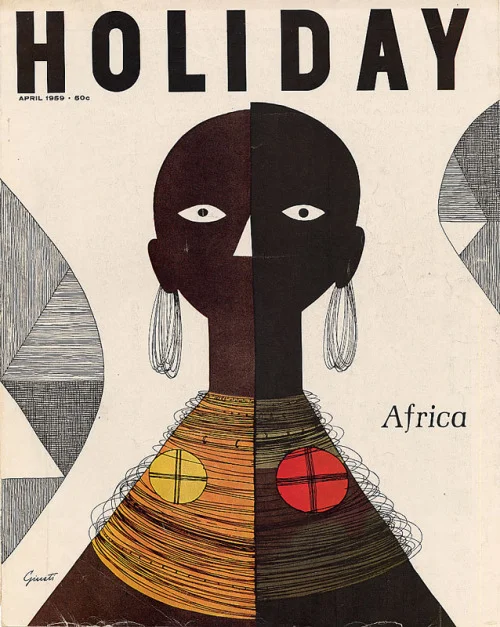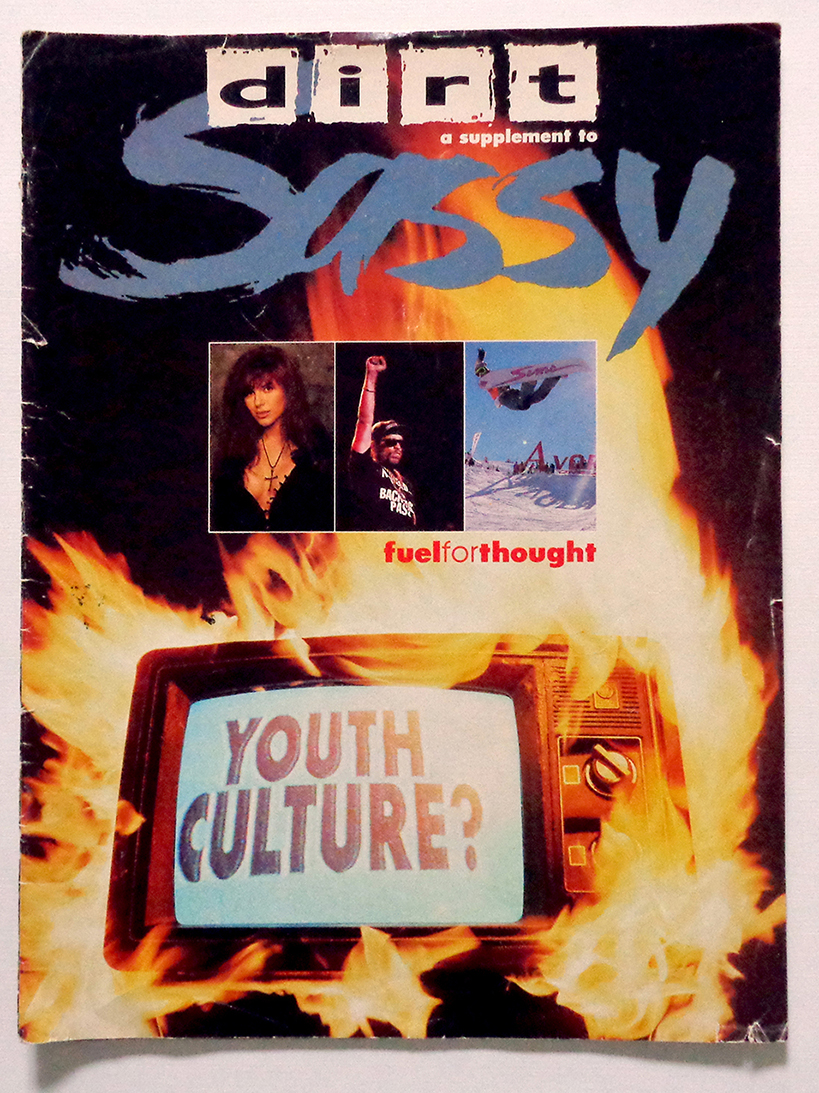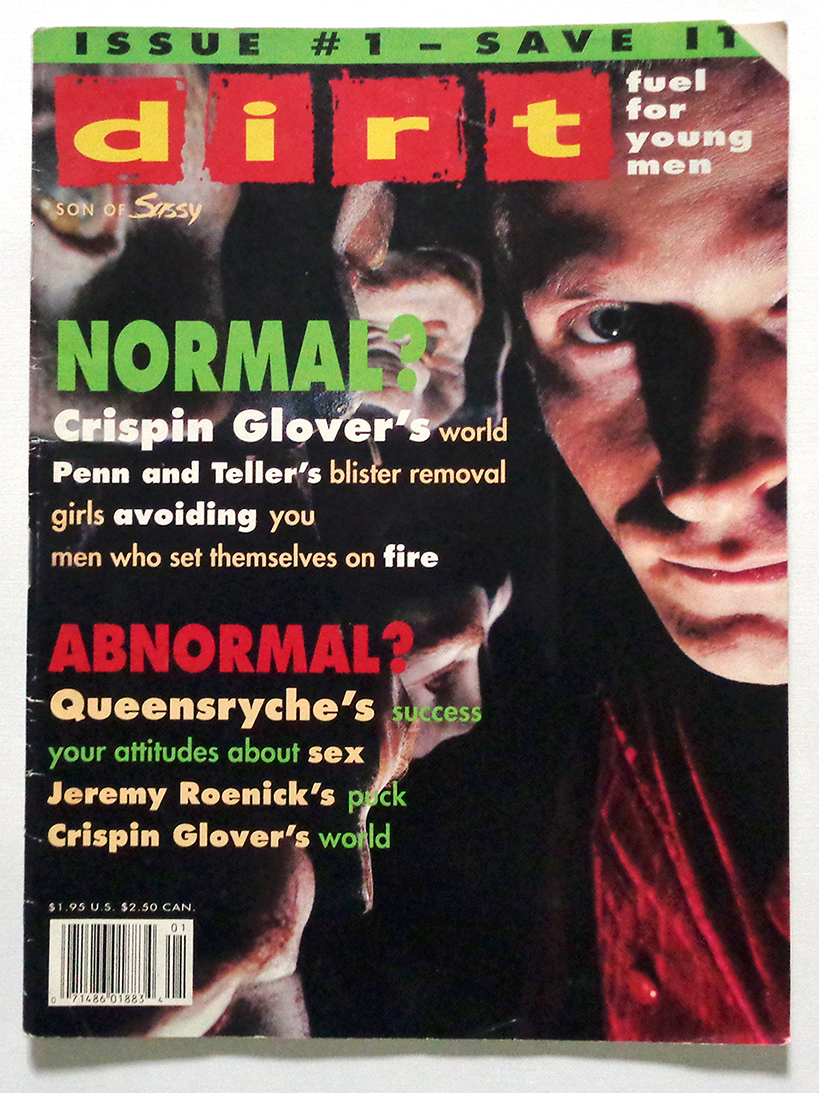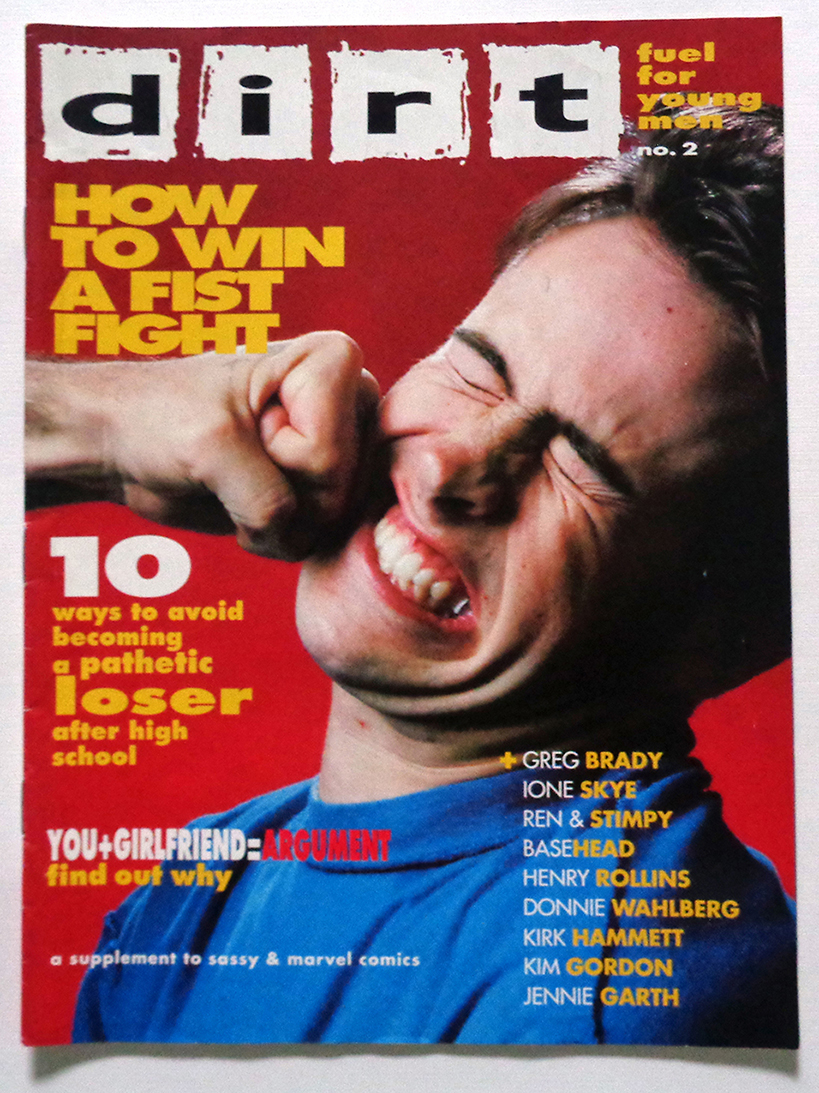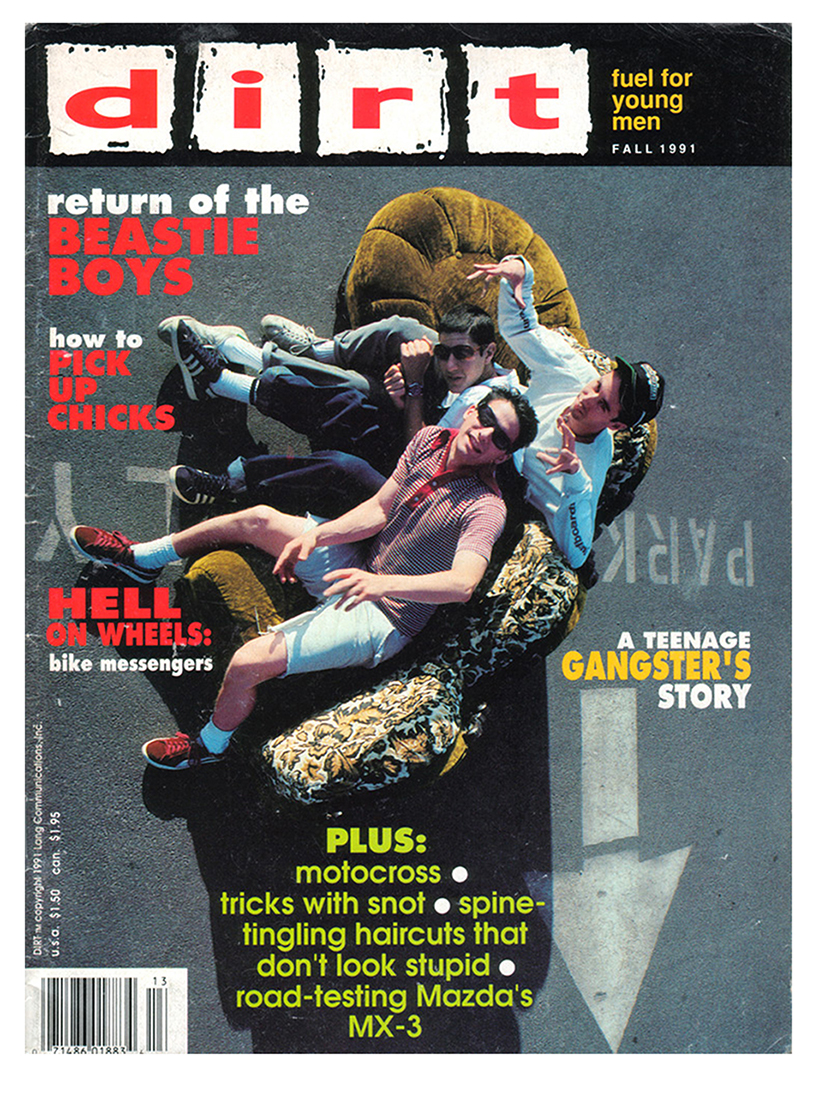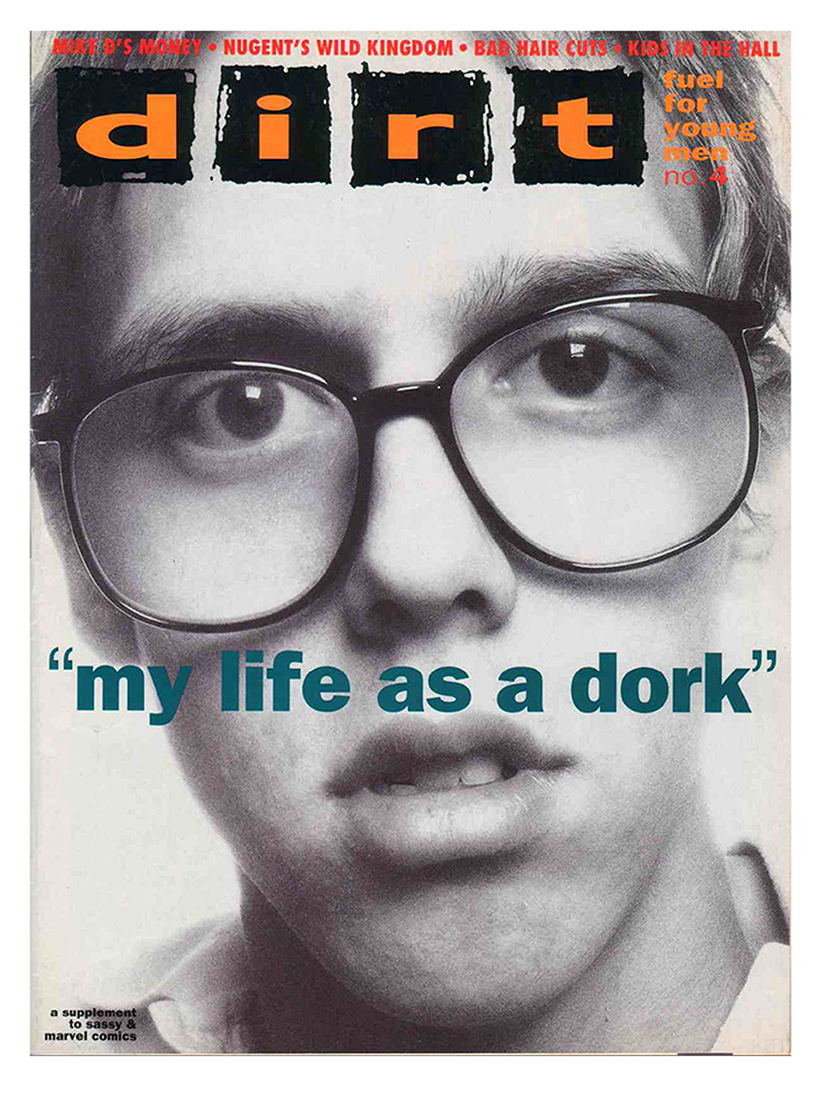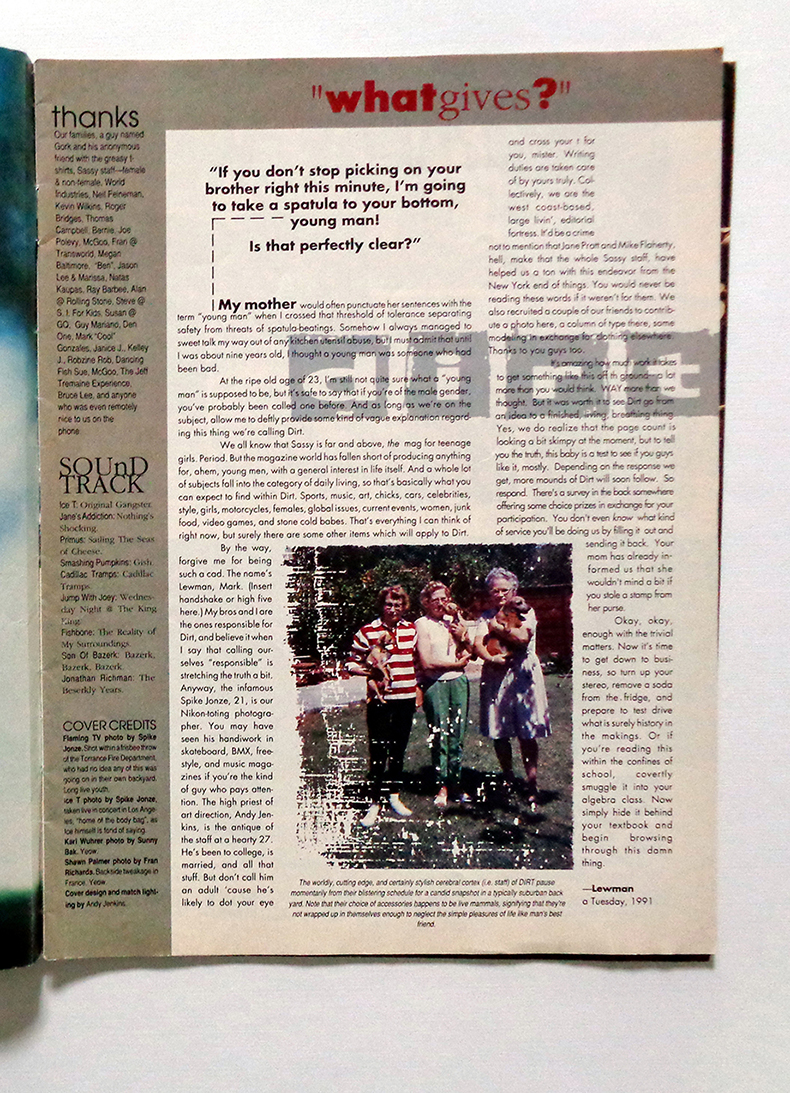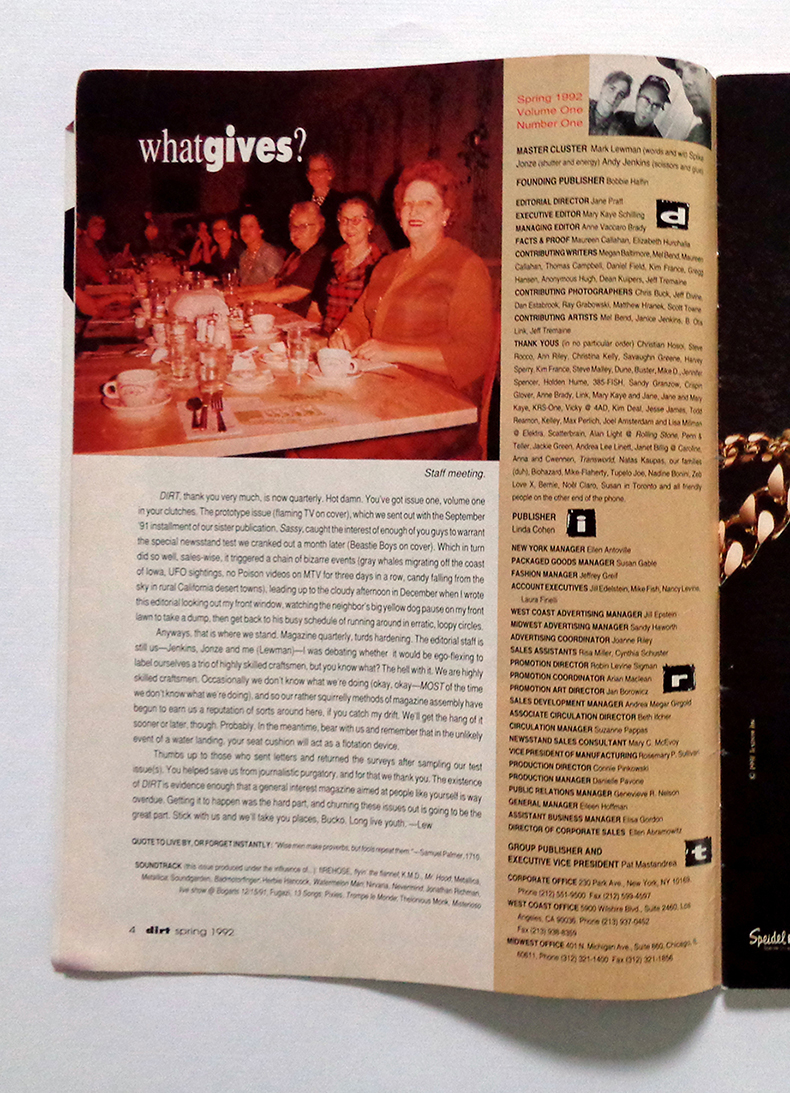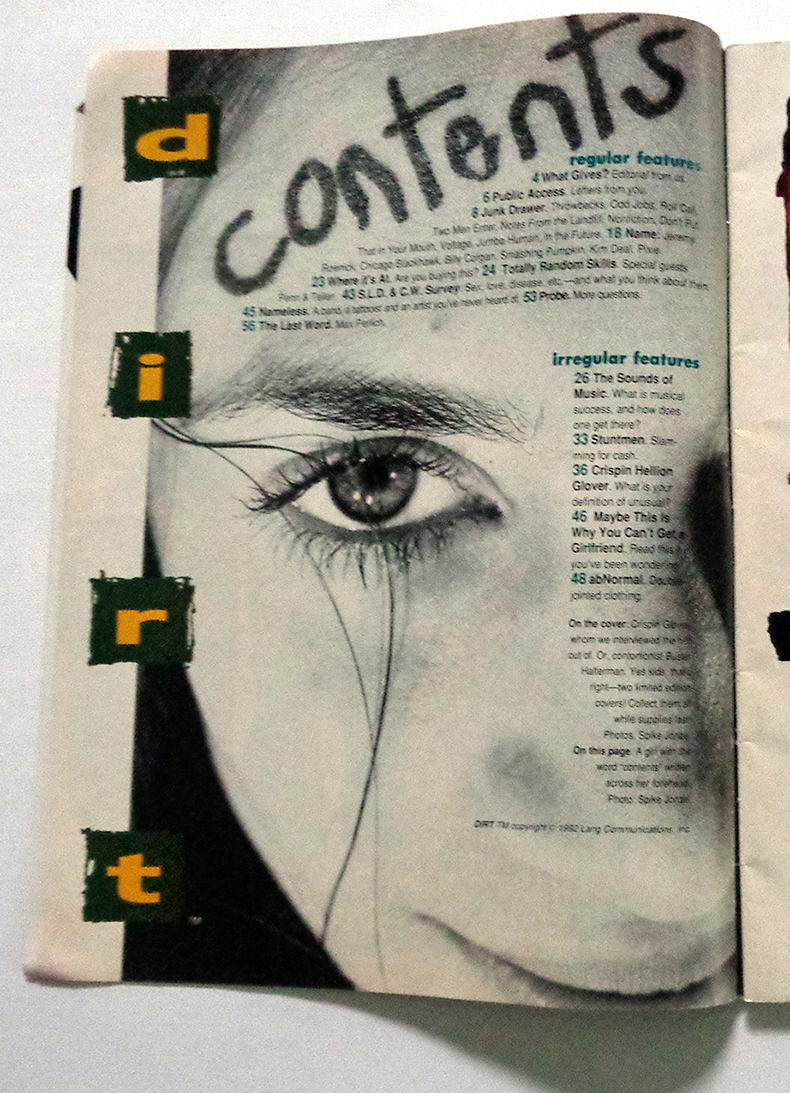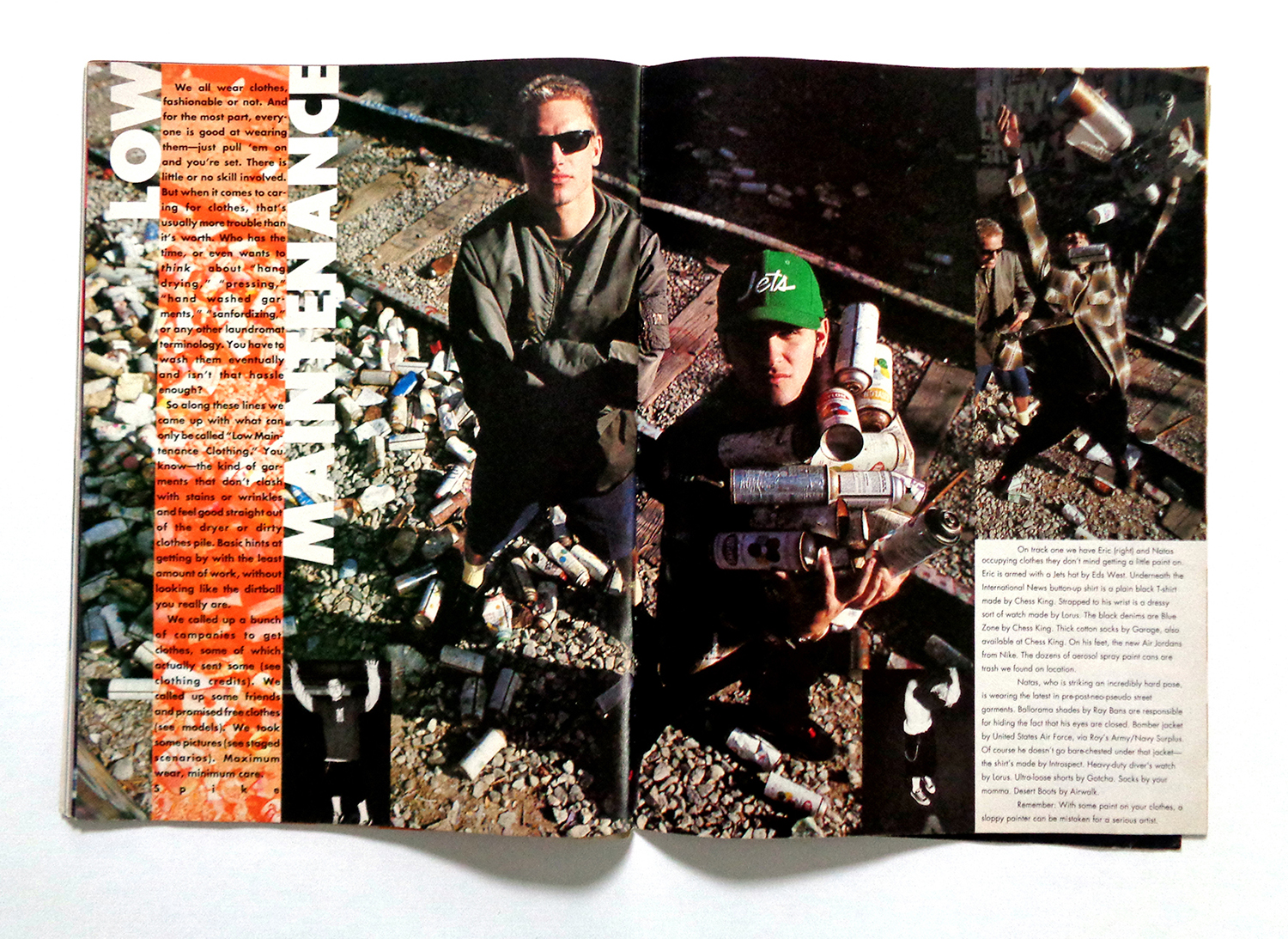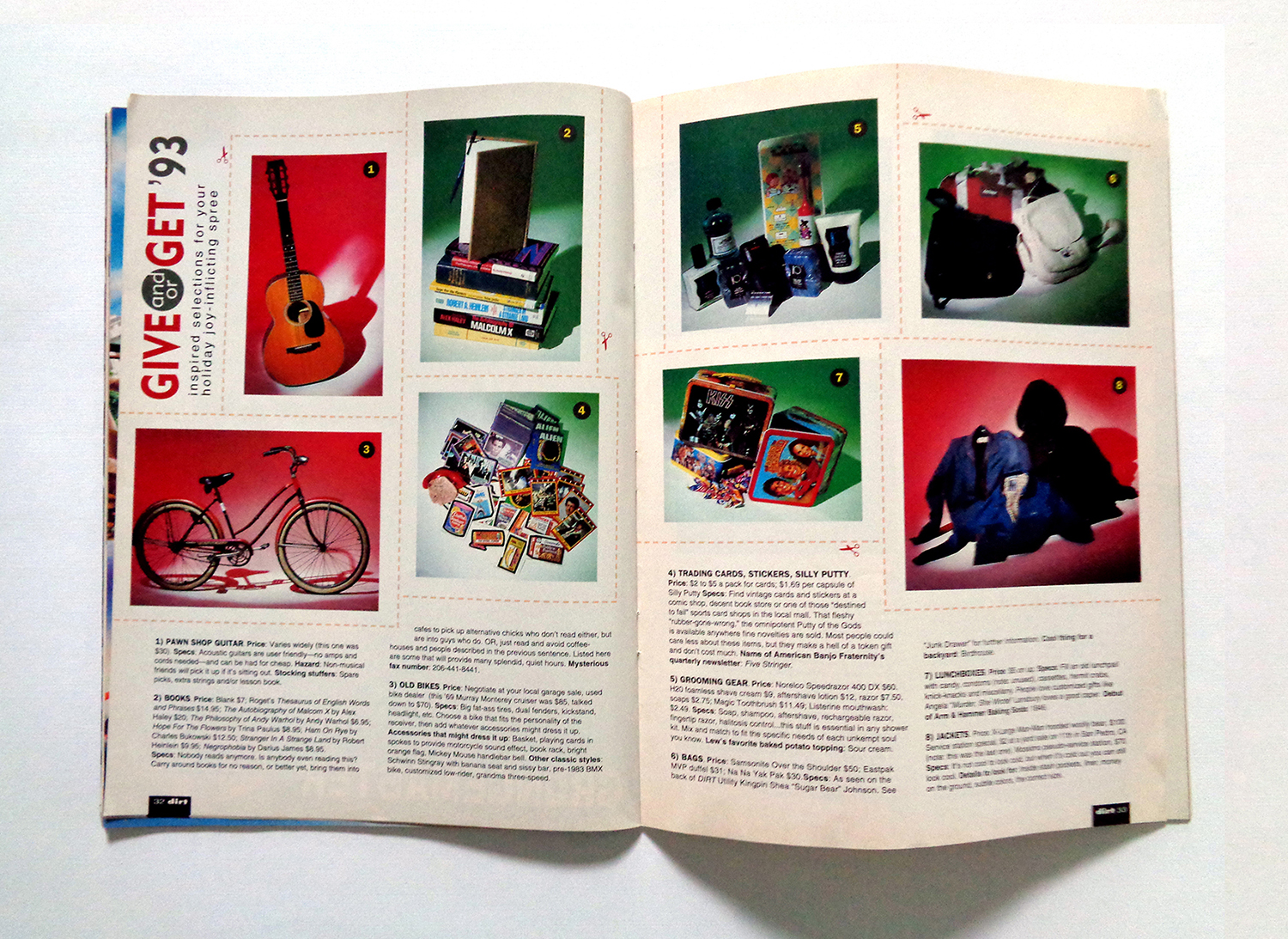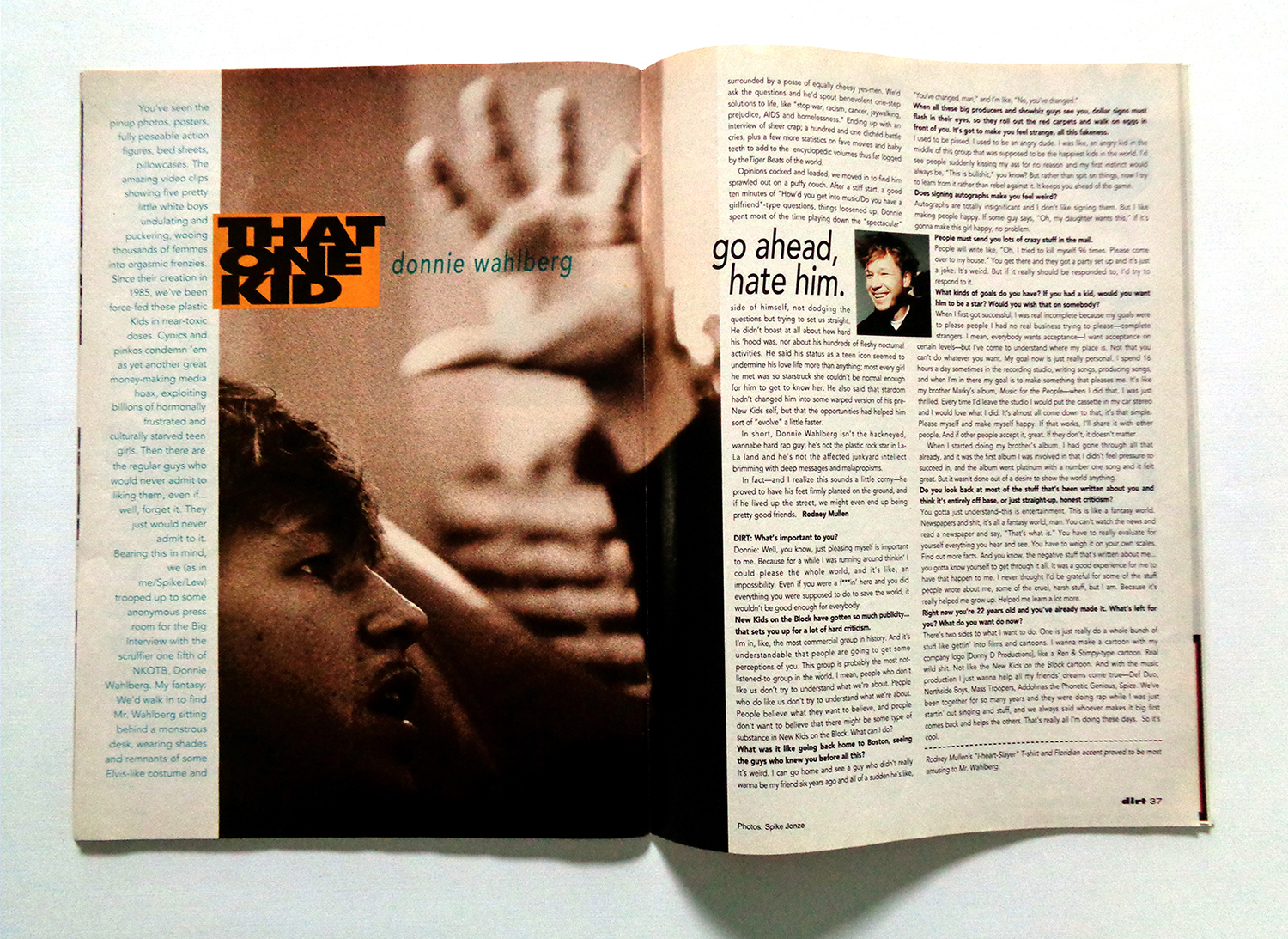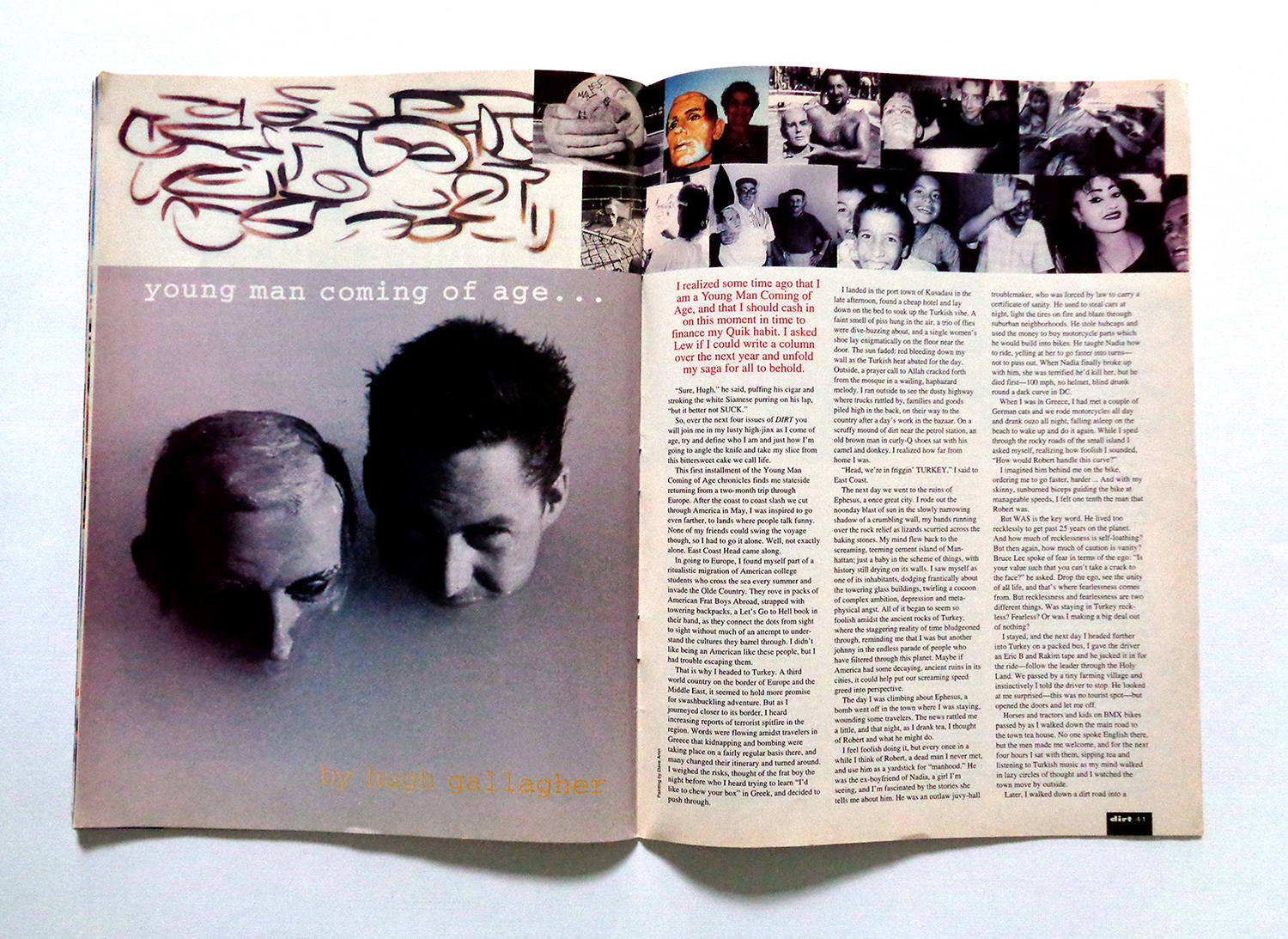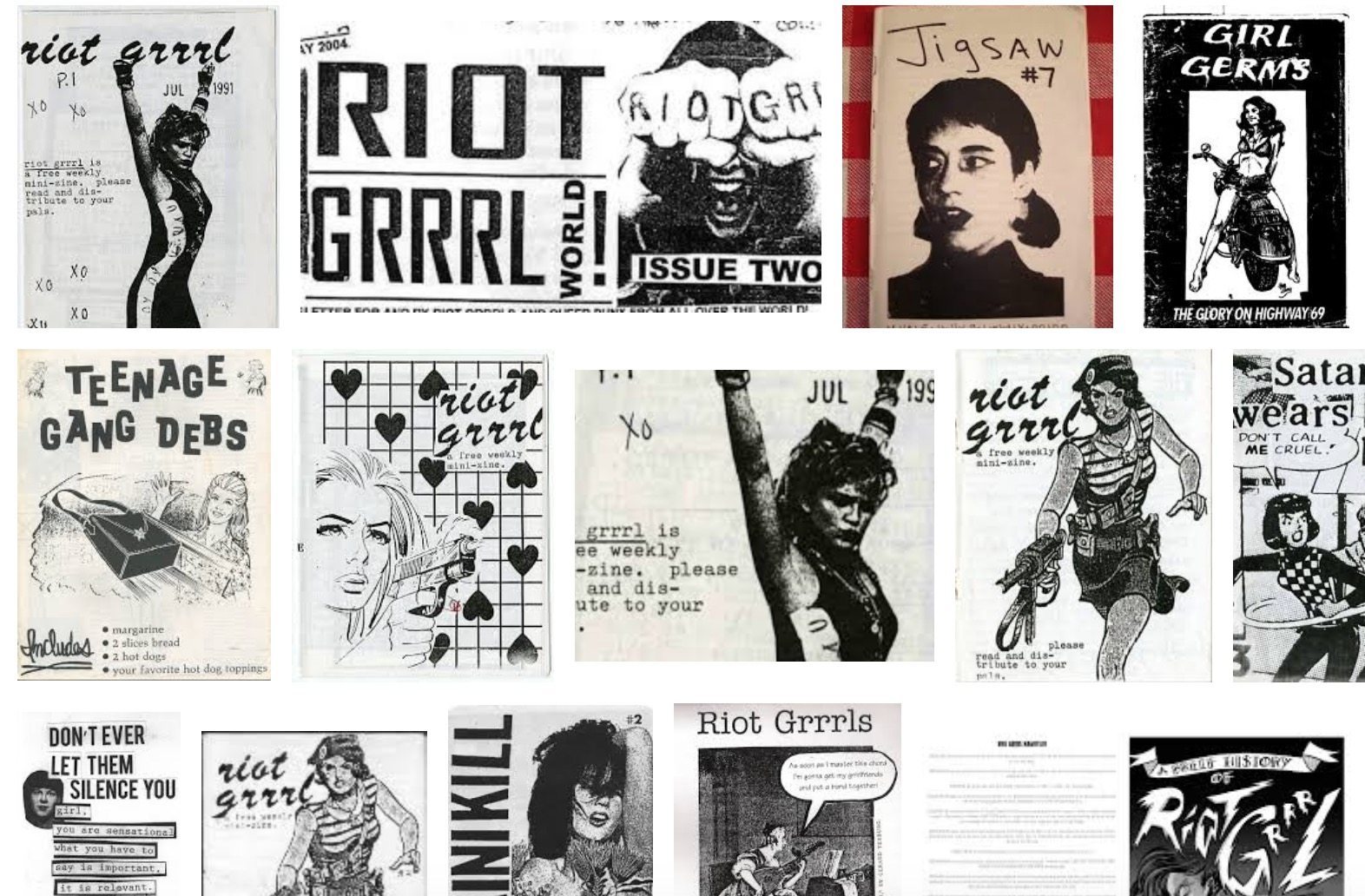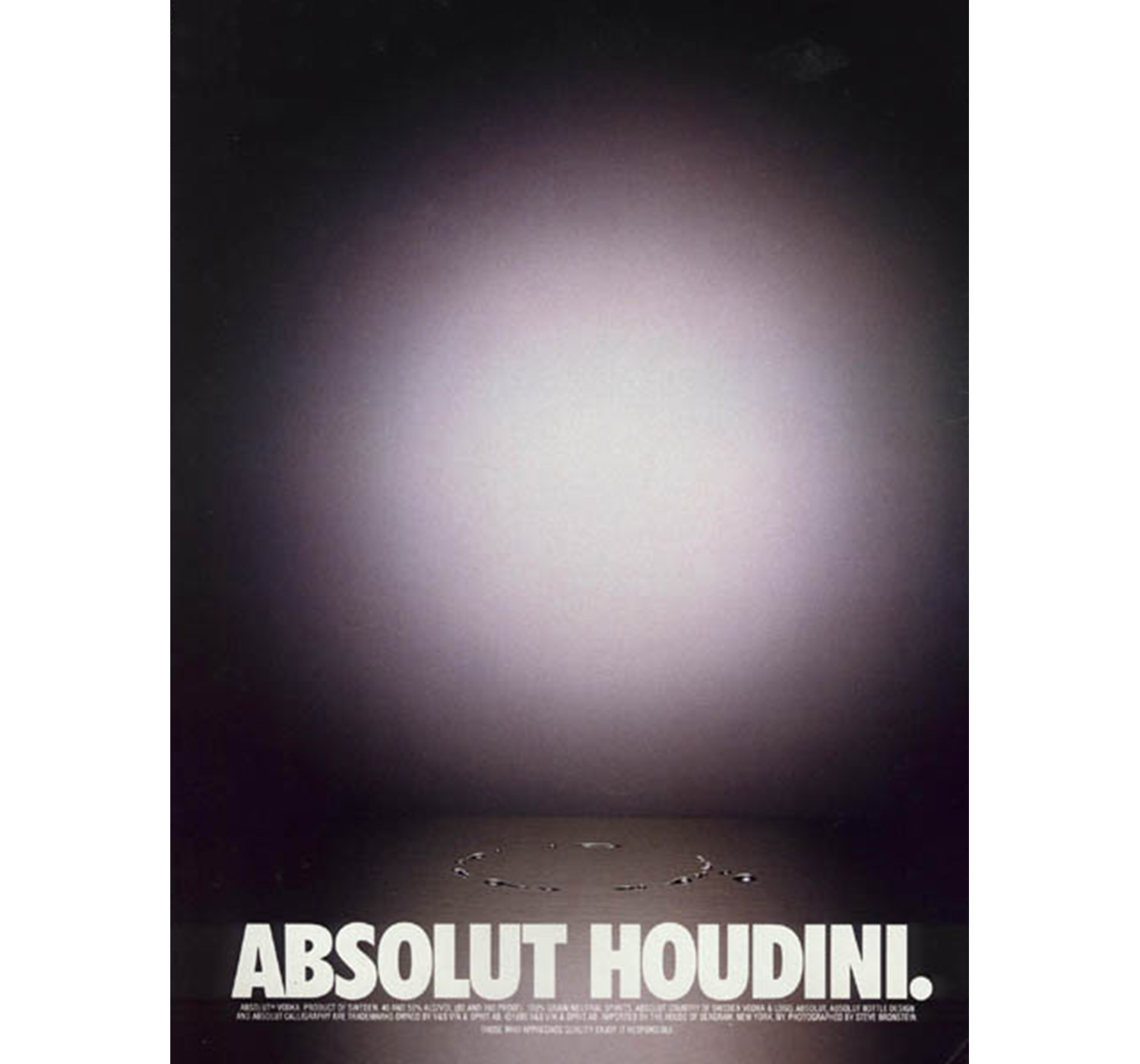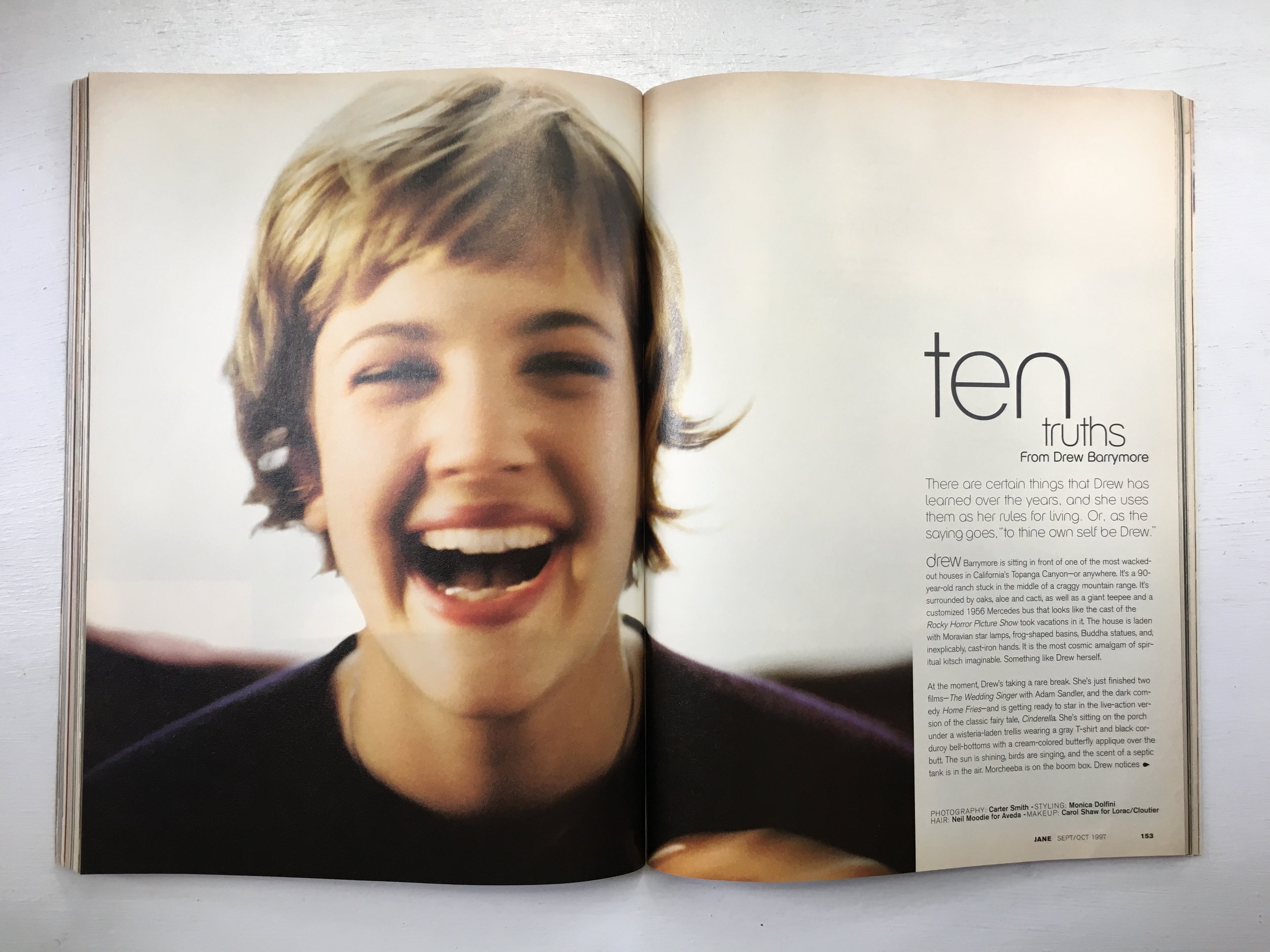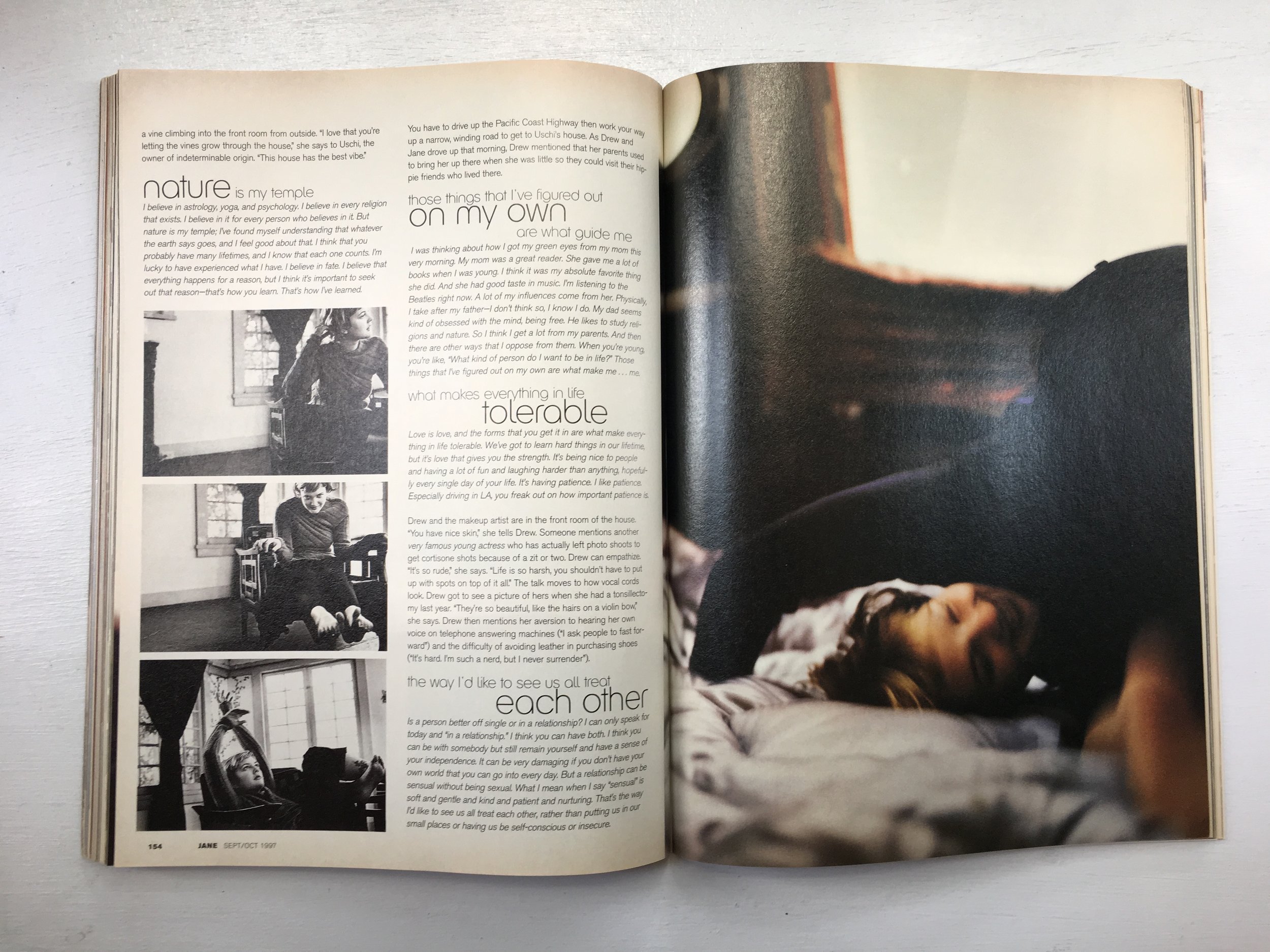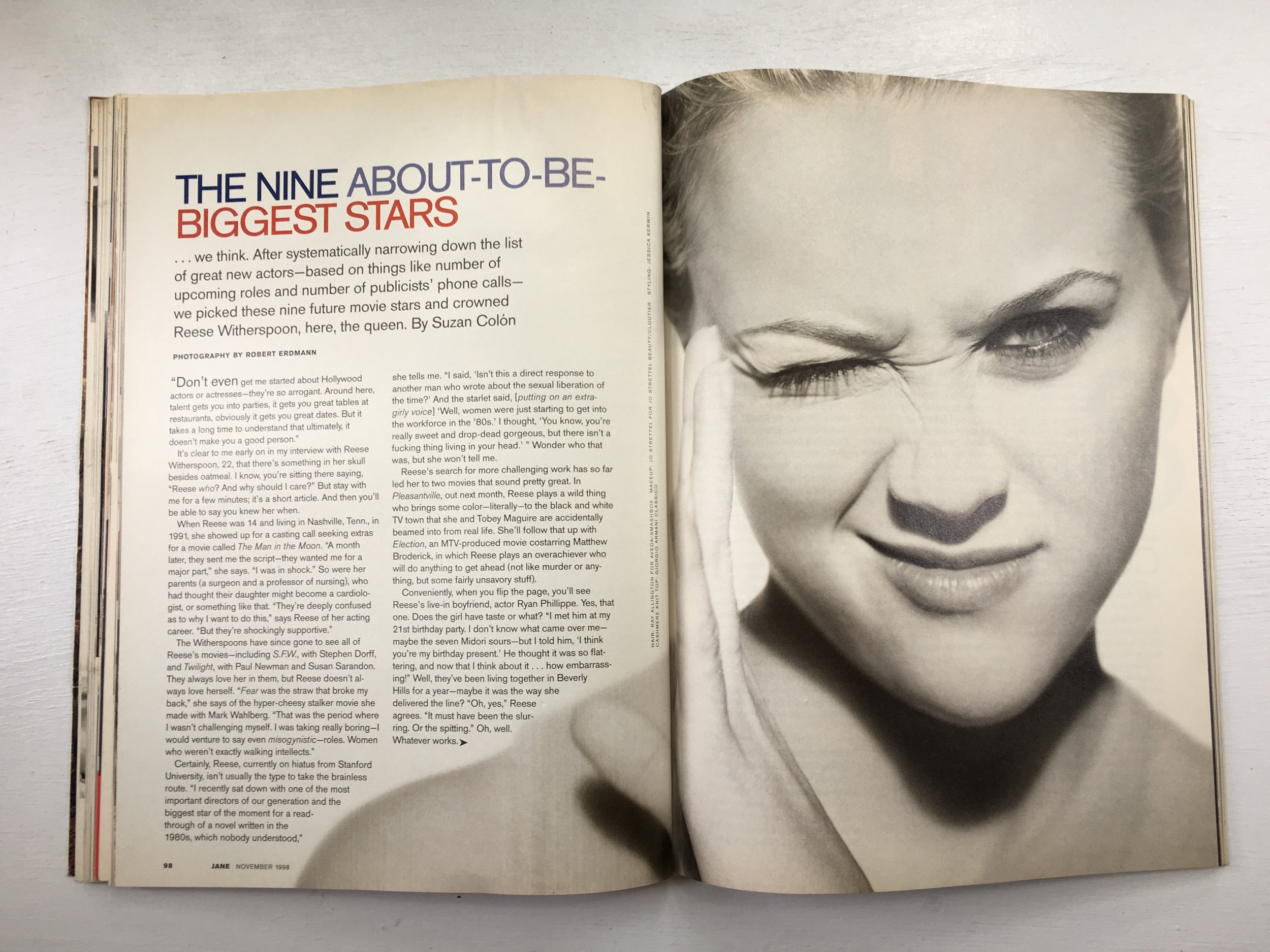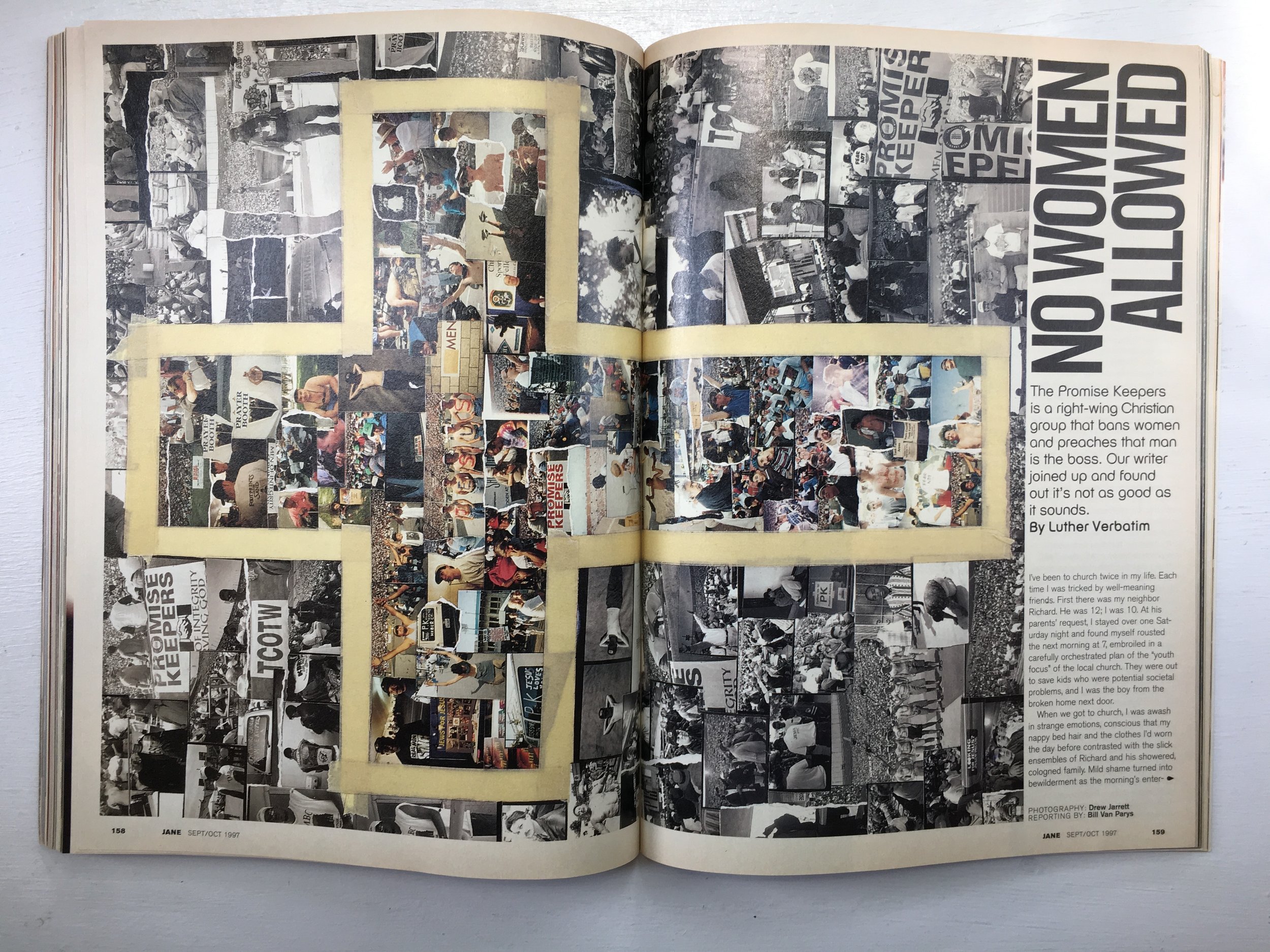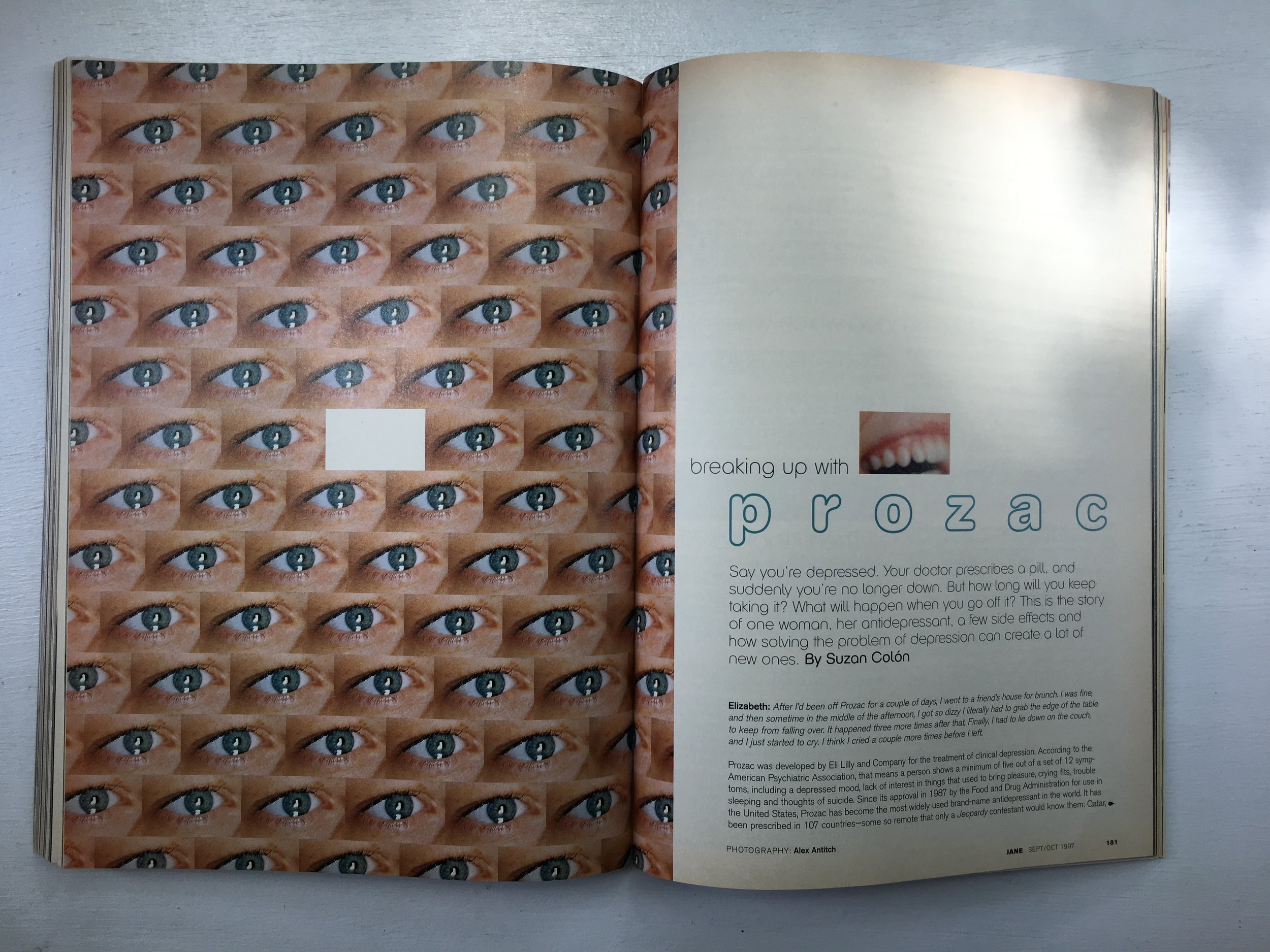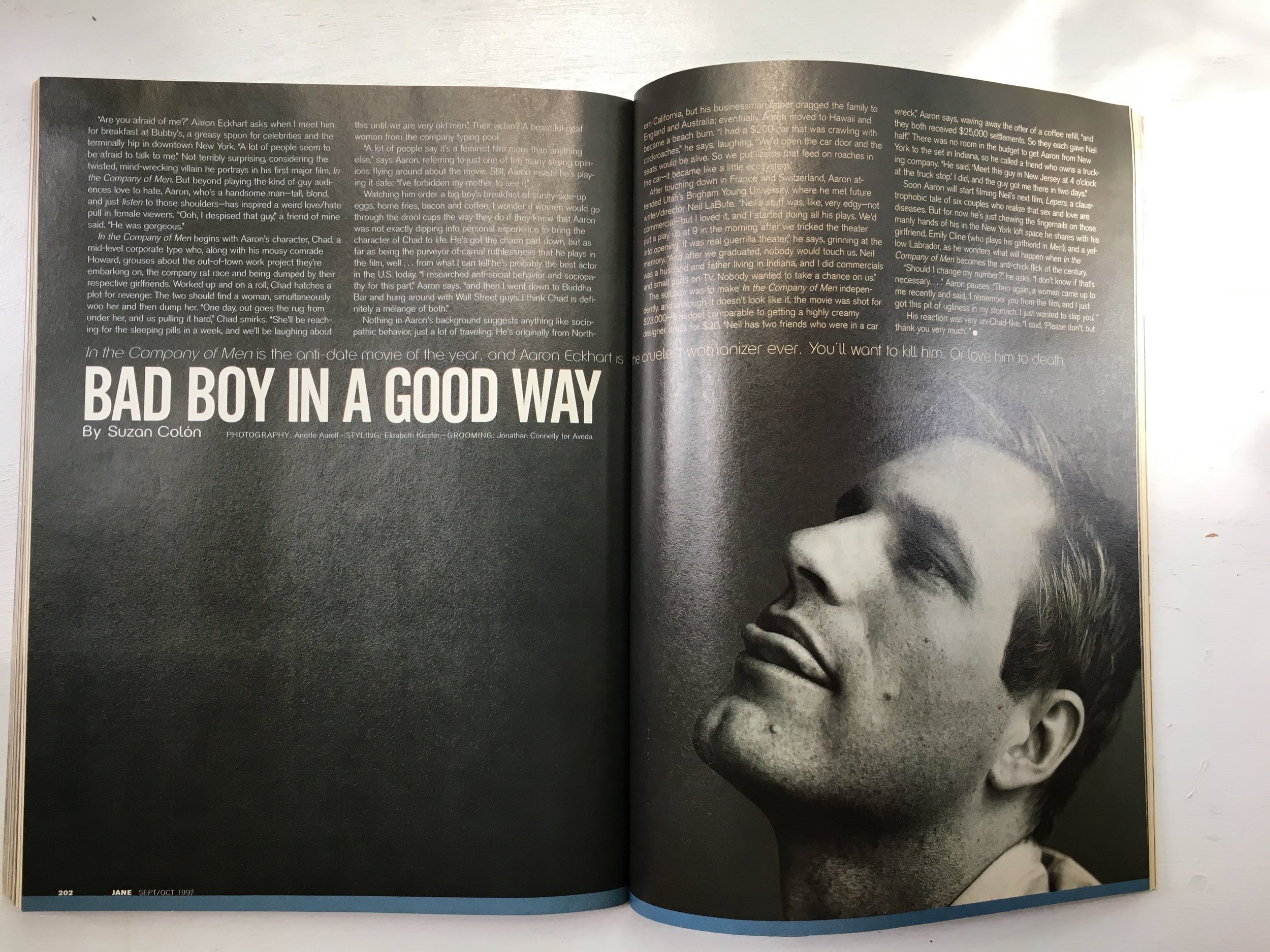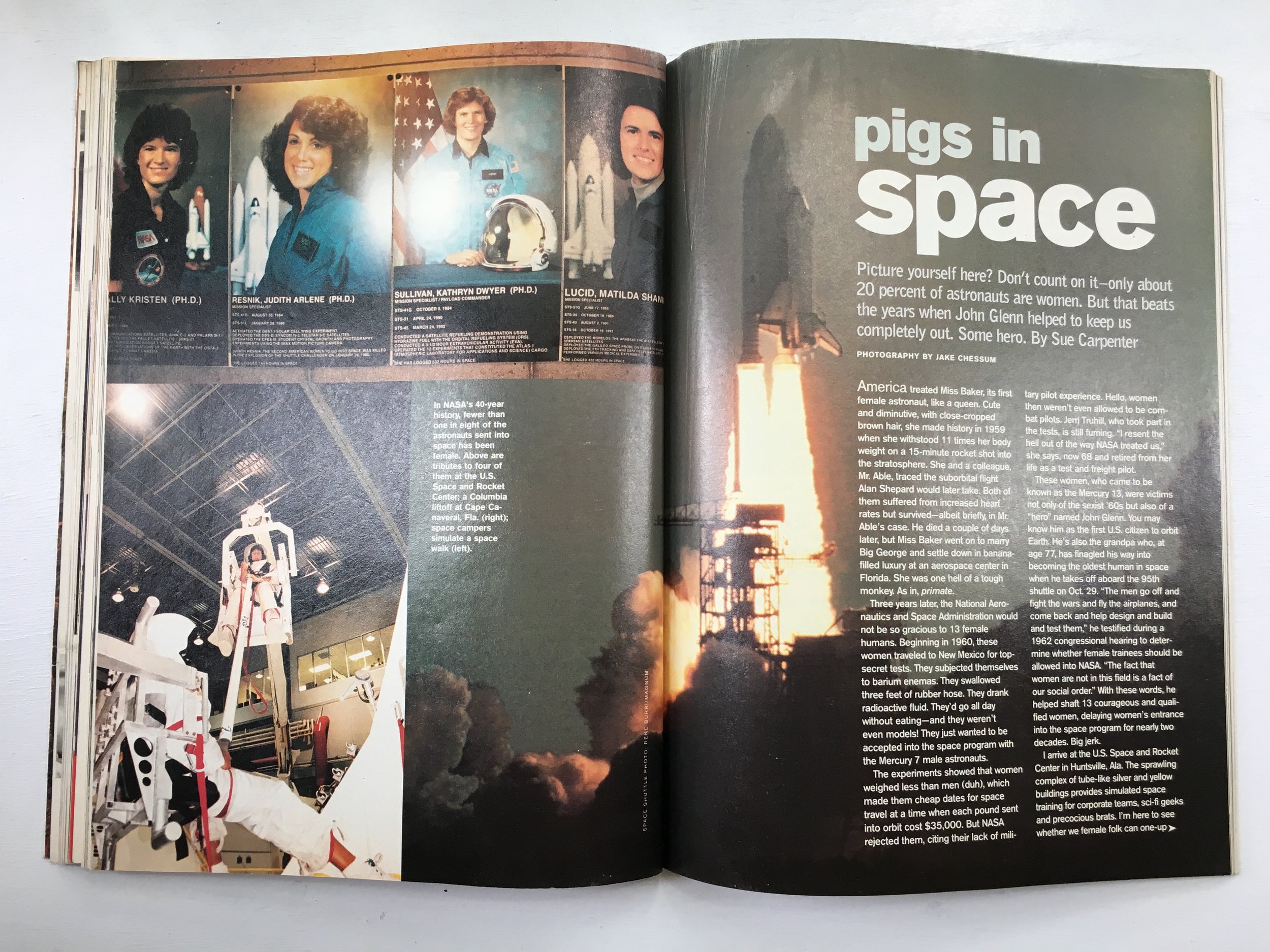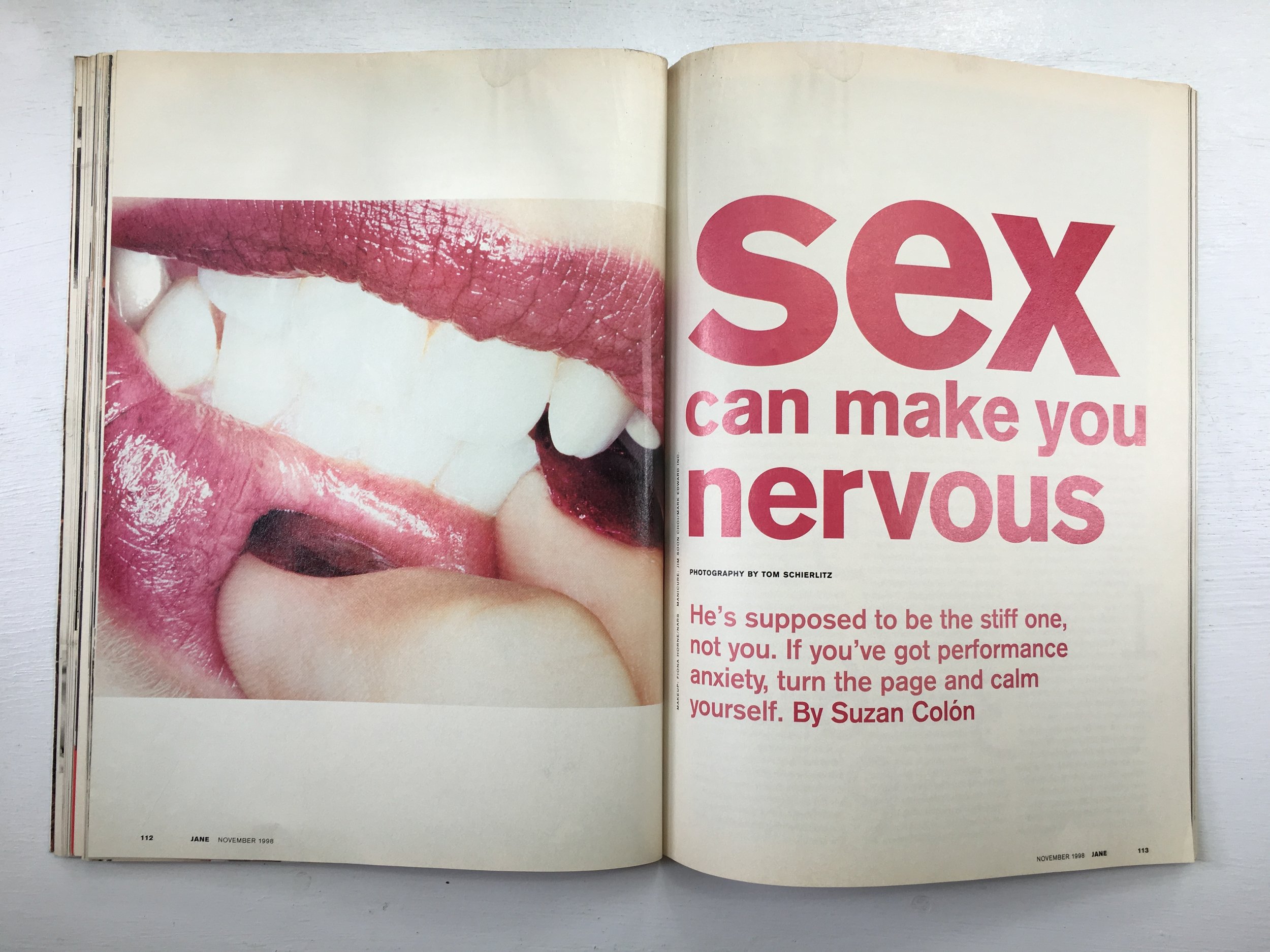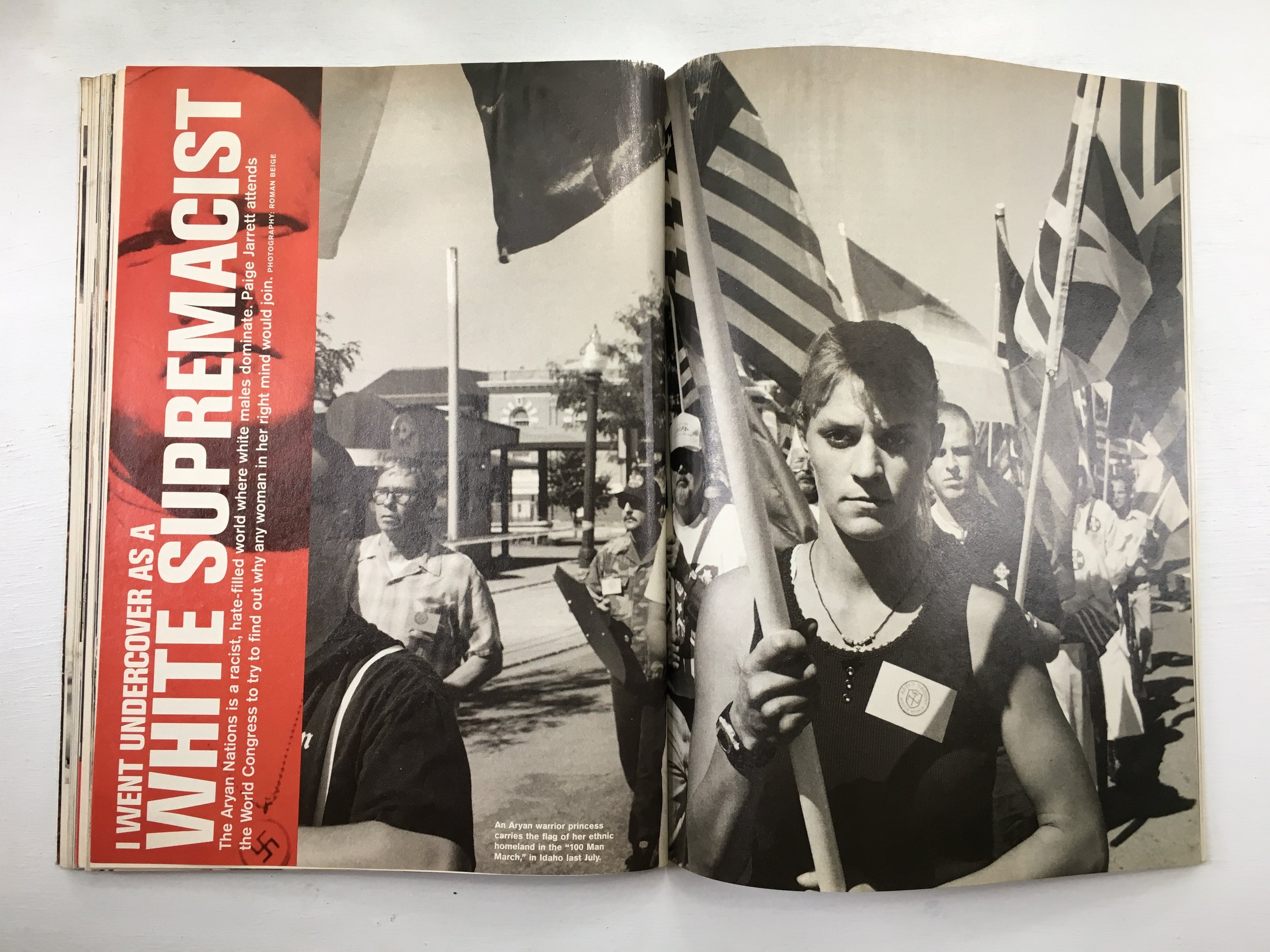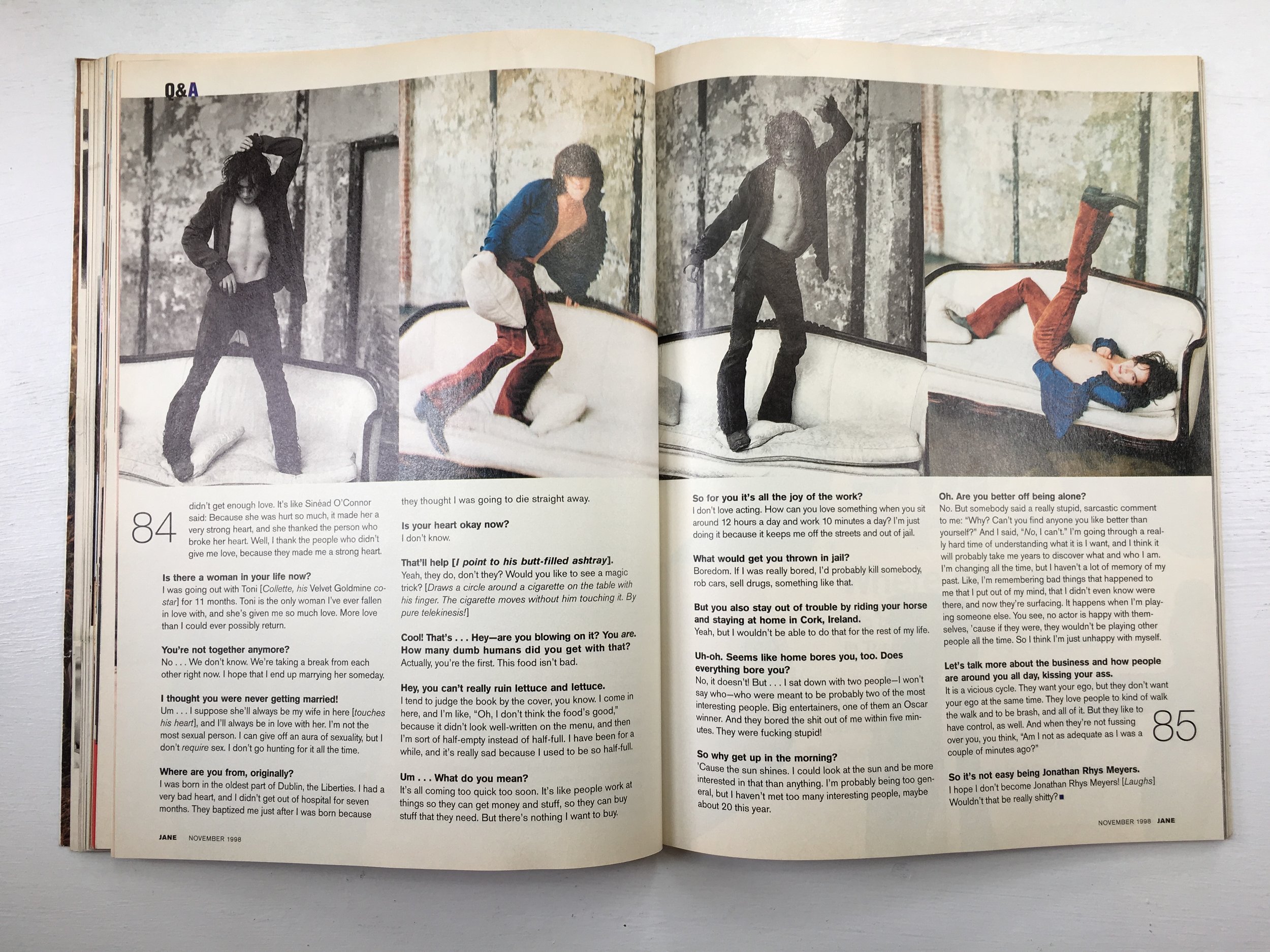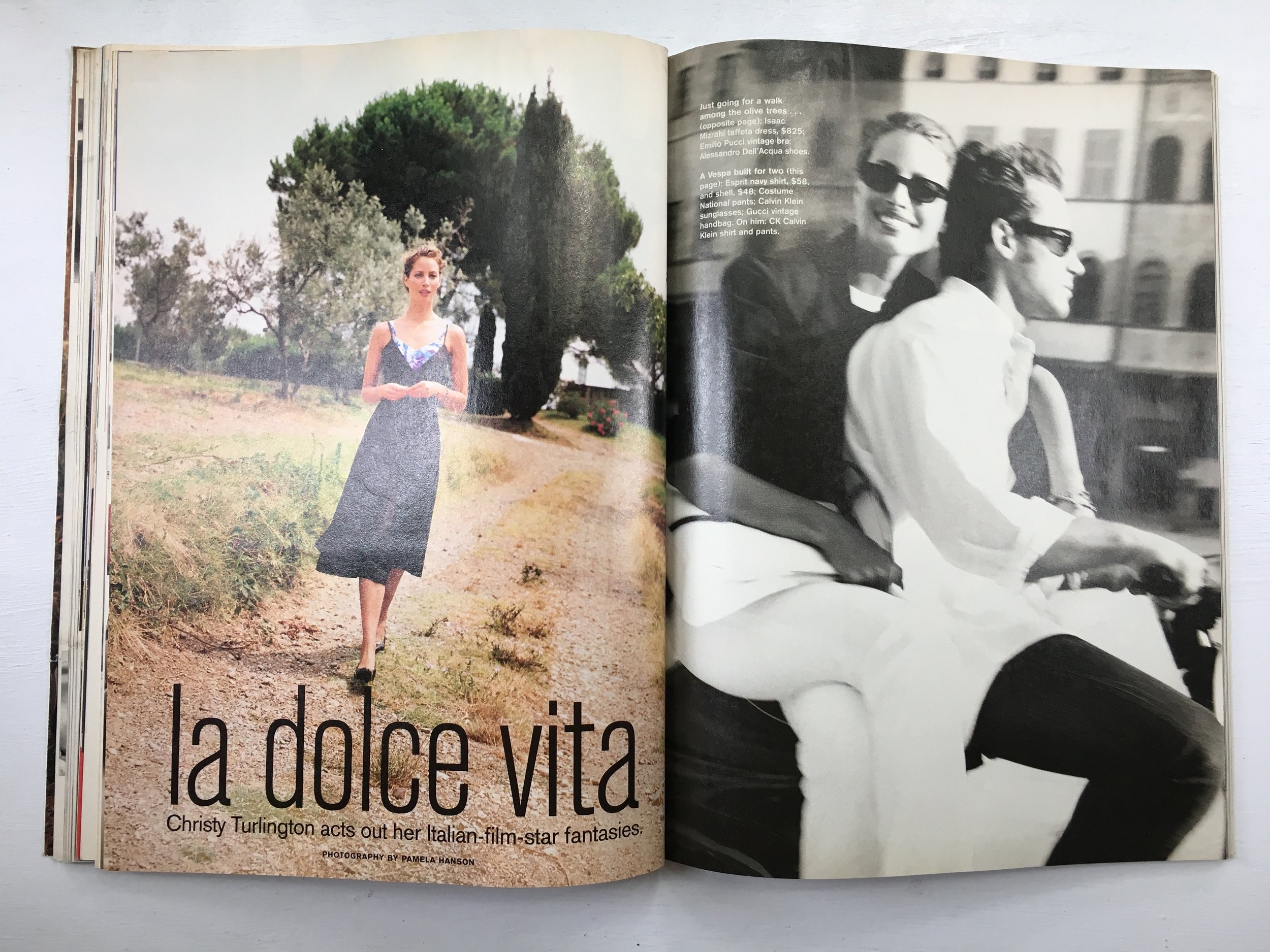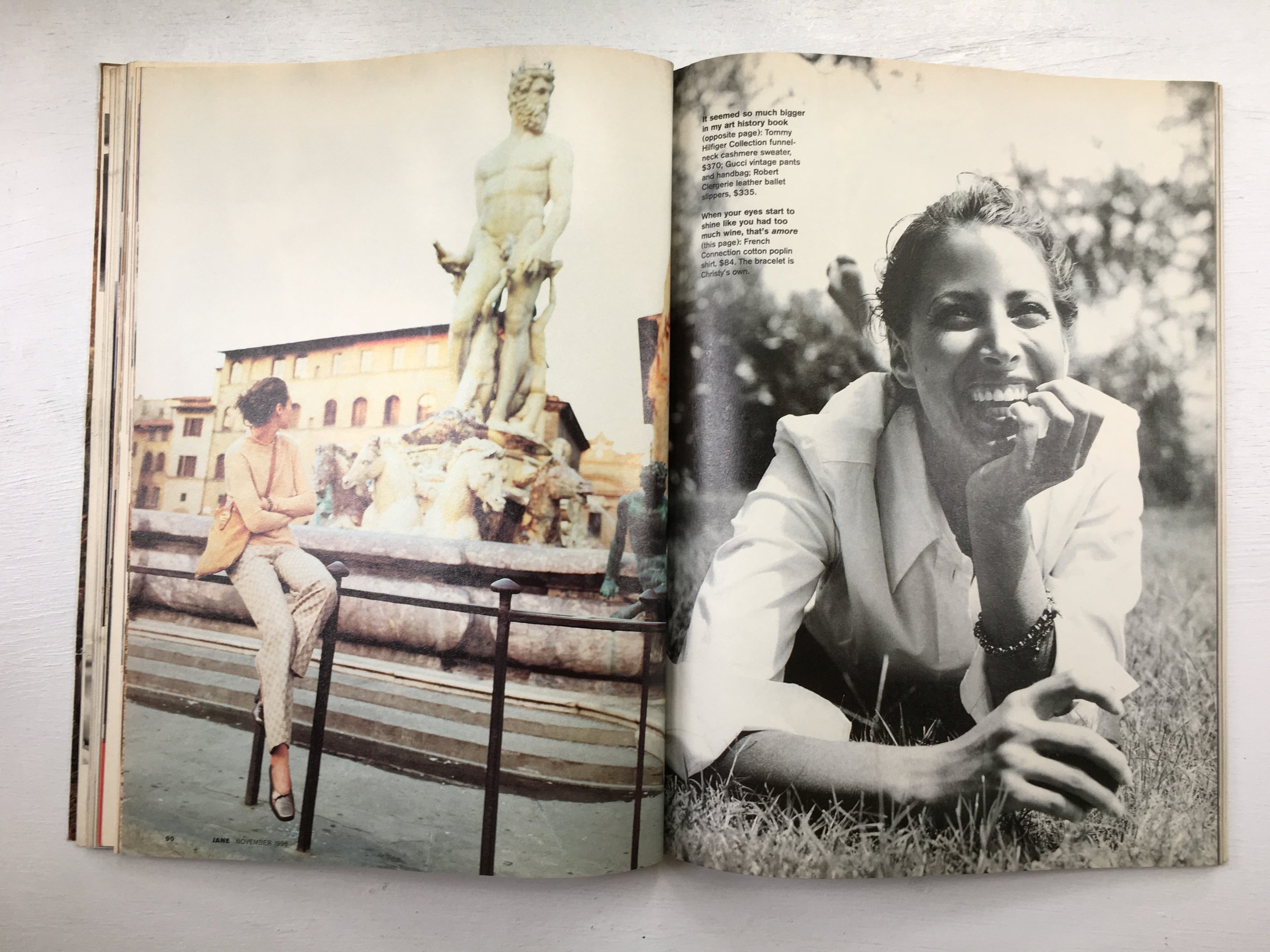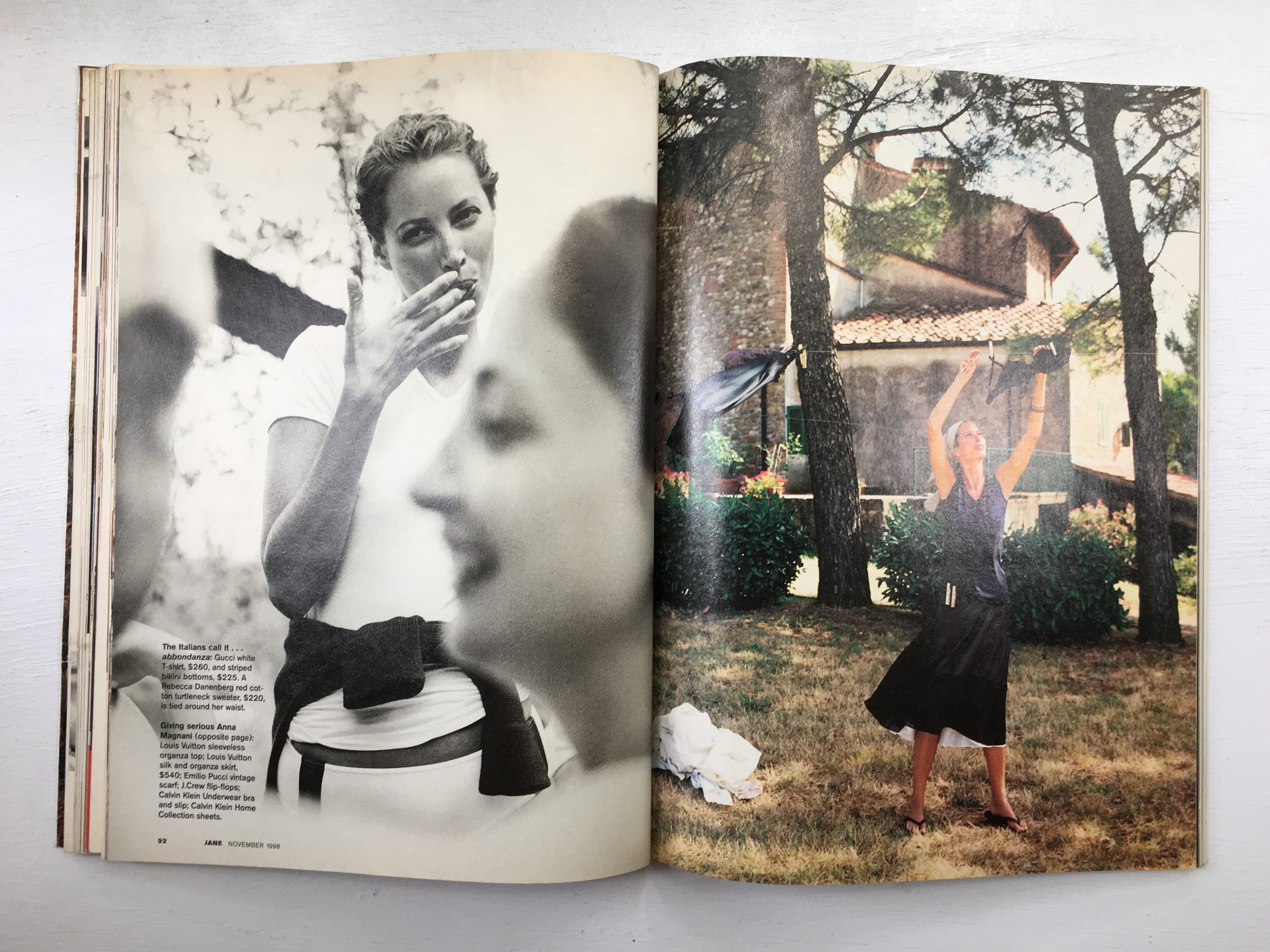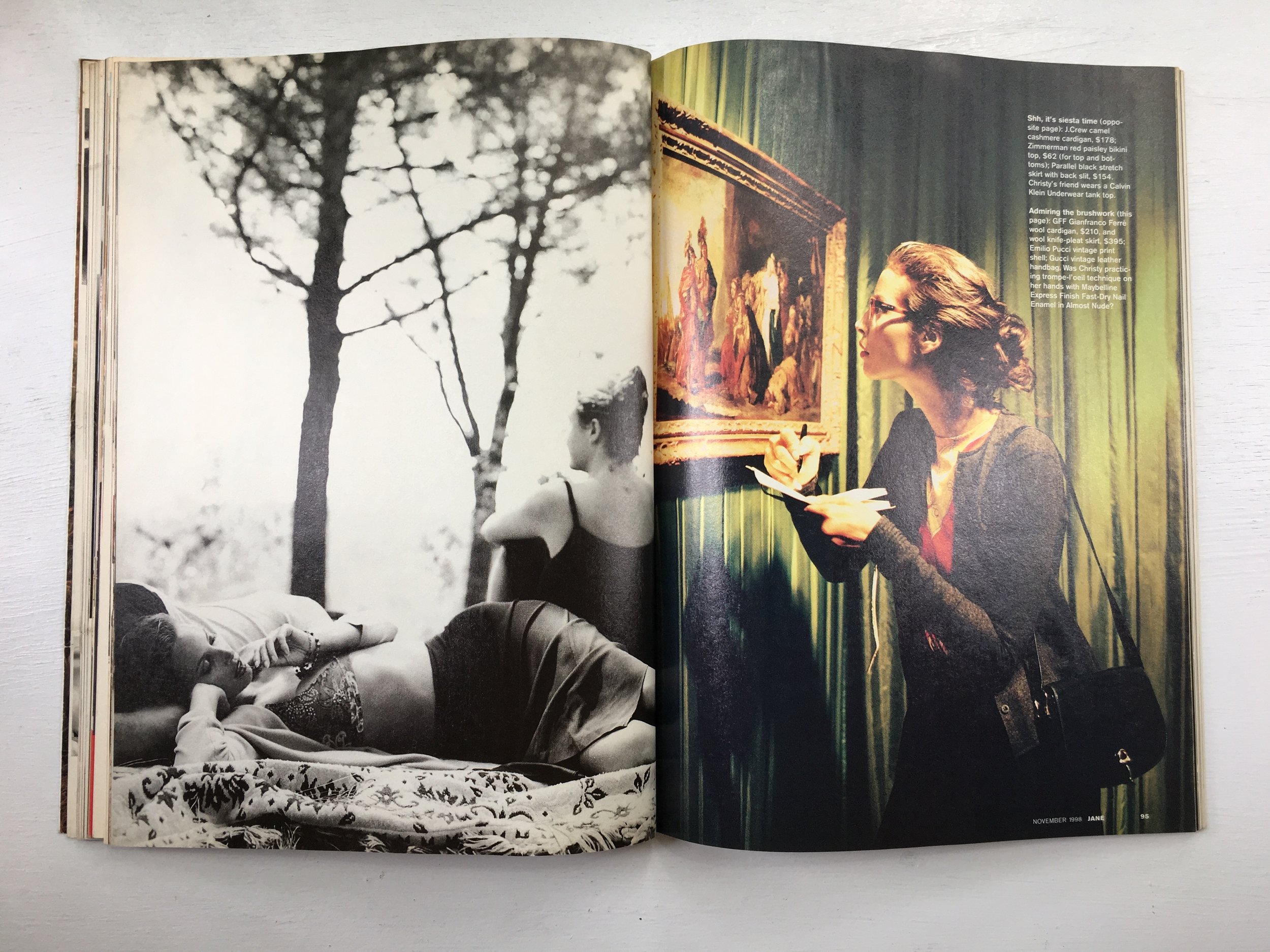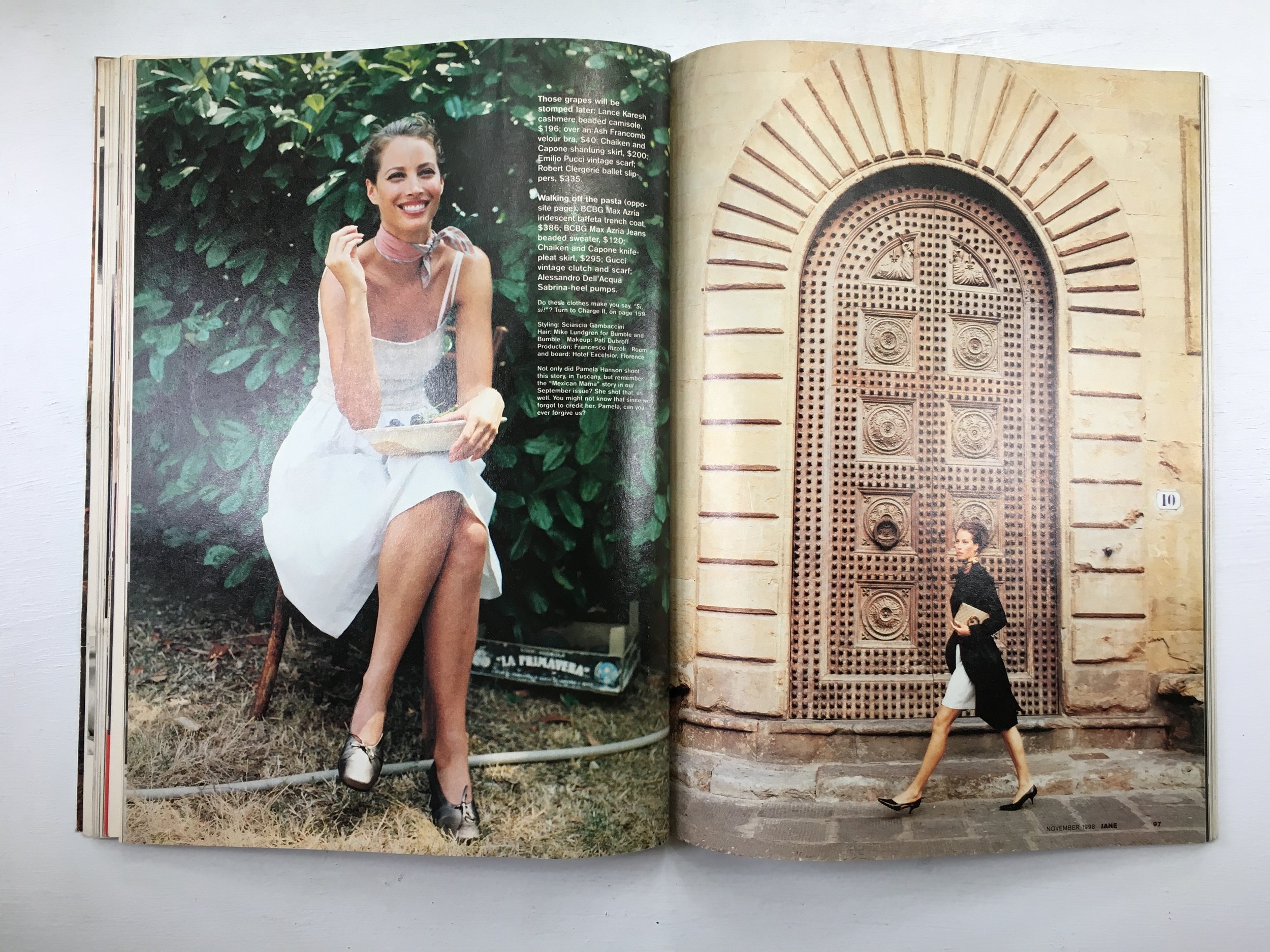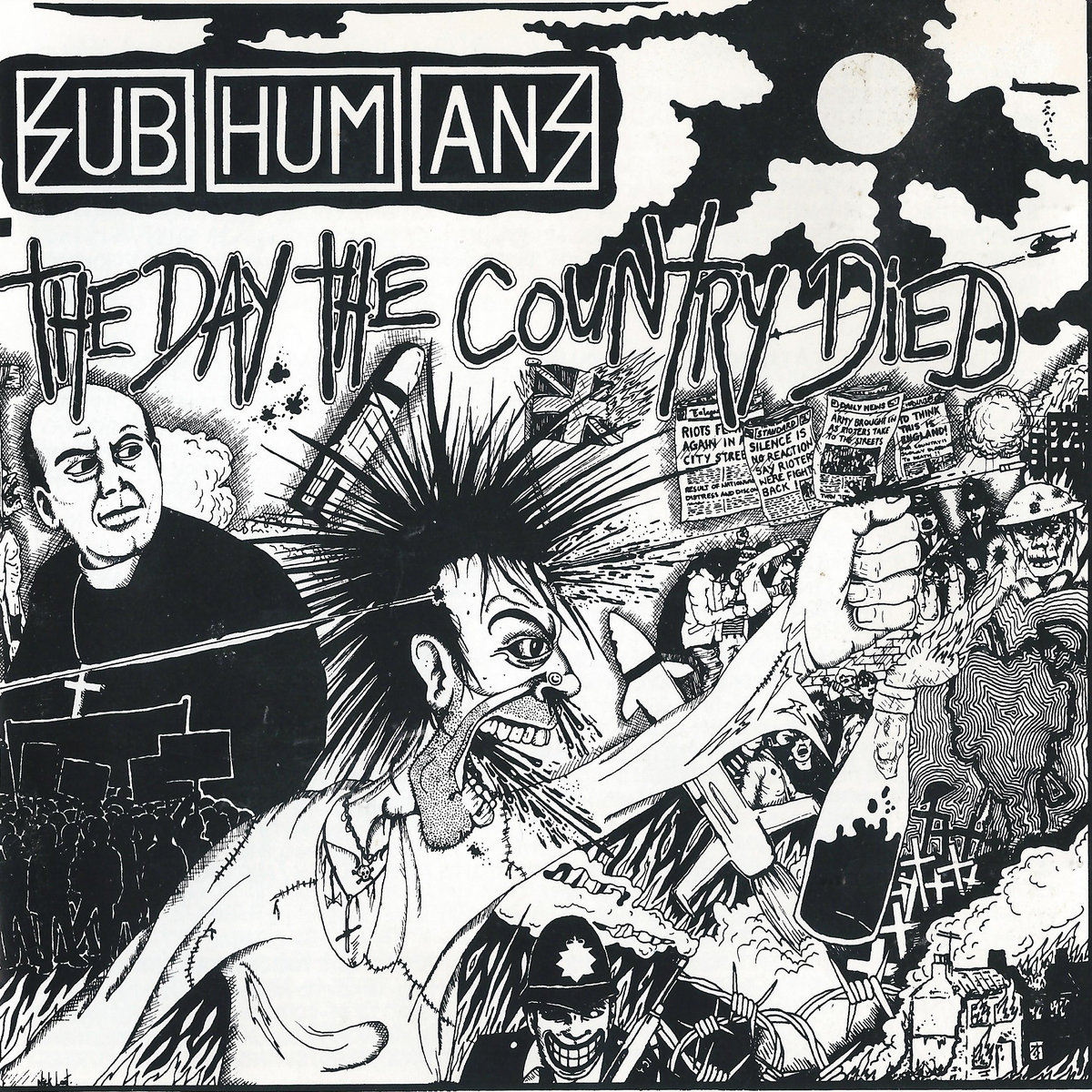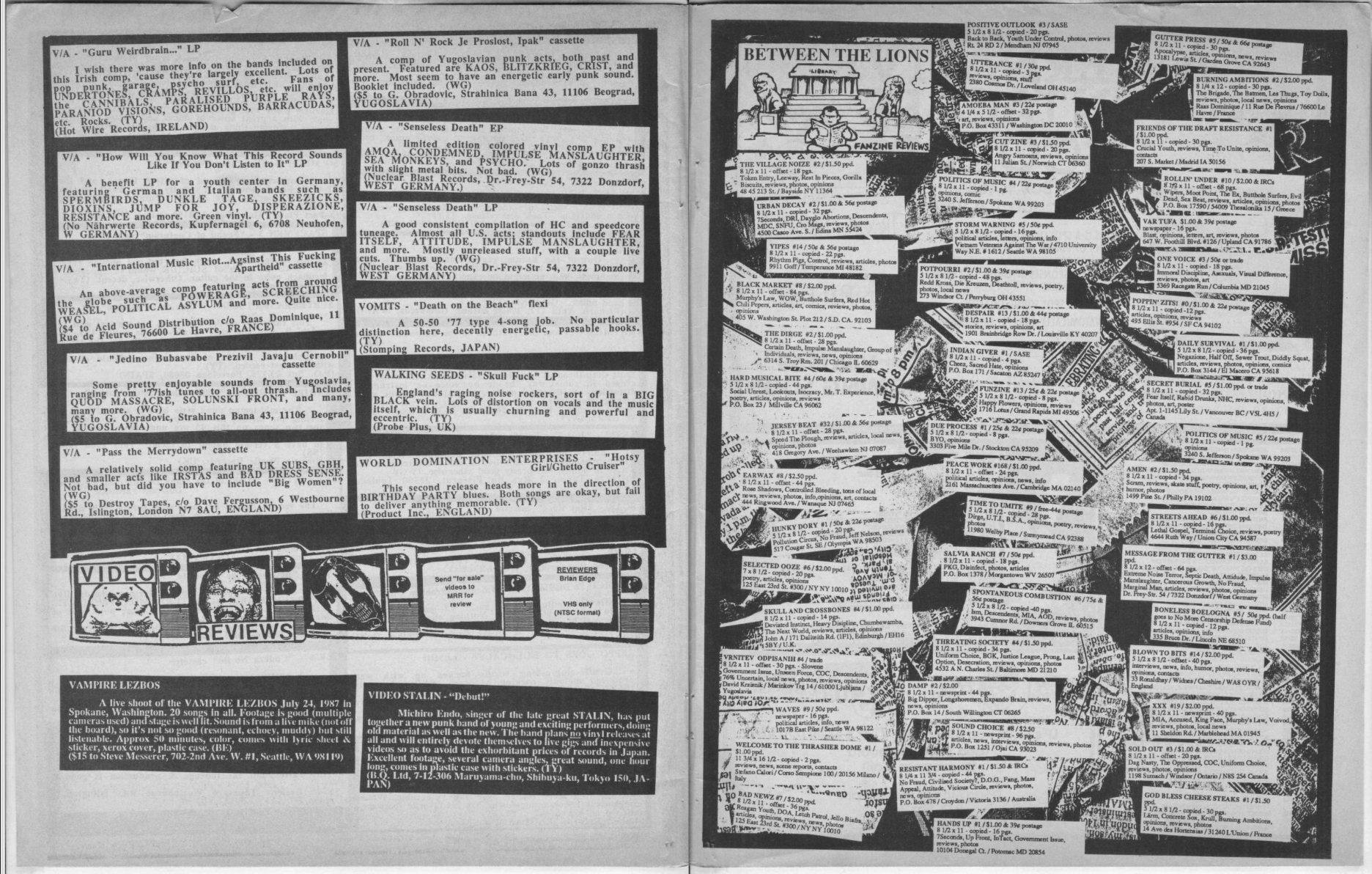Carla Frank, Creative Director & Brand Strategist
/SPD: What were you up to?
Carla Frank: I was young and I was always trying to gain my mother’s love and attention. Achieving such interactions though was nearly impossible – which is how I came to be a dedicated observer of my very pretty yet distant mother.
Particularly of note in my onlookings, were evident mood shifts when she read magazines. My overwhelmed and stern mother transformed before my eyes into a happy, light-hearted, fulfilled and engaged young woman. She looked so beautiful and carefree in those moments as I sat quietly beside her to see what she was seeing. Sometimes she would walk me through her favorite sections of the magazine and the spectacular features. Sometimes she would laugh aloud at the articles, sometimes call out celebrity names as if she was saying hello to them at a chic cafe. Sometimes she would finger tap outfits she liked while carefully studying them and sometimes she would hug the magazine to her chest when her delightful pastime was interrupted.
Being an avid reader and born stylist, she created captivating vignettes in small spaces throughout the house. One of her signature styling looks consisted of neat and inviting stacks of her all-time favorite magazines carefully placed reverently. To her they were divine objects. She saved only the finest of her collection for years.
SPD: What magazine?
CF: There was one stack I consistently secretly snuck quiet moments with – Holiday Magazine.
SPD: Do you know now who the creatives were?
CF: Yes. They were legendary. Editor Ted Patrick and art director Frank Zachary.
SPD: What was it that so enthralled you?
CF: EVERYTHING. The overall wit, wisdom and exotic insights. The daring covers, the transporting photos, the stylish illustrations, the strong type and the use of white space. It was a monthly travel bible created by a group of sophisticates who didn’t necessarily take it all too seriously, which allowed a certain sense of freedom.
There were two deeply notable characteristics defining Holiday Magazine. The first was that they hired the most famous writers, to travel and write glorious pieces about places. For instance, James Michener on the south pacific, Colette on love in Paris, William Saroyan on Fresno, Ian Fleming on London, Joan Didion on Sacramento and so many more by the likes of Paul Bowles, Jack Kerouac, M.F.K. Fisher, Ogden Nash, Arthur Miller, James Thurber, and Alistair Cooke to name only a few.
The second notable characteristic was the vision of Art Director Frank Zachary, who became a publishing icon himself. Frank brought together a distinguished group of photographers such as Cartier-Bresson, Steichen, Aarons and illustrators such as Arnold Roth, Ronald Searle, Edward Gorey and John Rombola. With fusion of real editorial backbone, mischievousness and impeccable taste, Frank basically reinvented the modern leisure magazine in America
Every issue was packed with dazzle, surprise and seduction. Holiday had an insatiable curiosity that created a wide breadth of subjects so it wasn’t just travel it was culture too. There was also a sense of mission, in that Holiday promoted an idea for Americans to make the most out of the advantages they had in prosperity, productivity and happiness. The magazine was pure discovery from cover to cover.
No wonder why I had the curiosity to travel the world and ended up working at a top travel magazine early in my career. Yet it occurs to me only now, years after becoming a Creative Director in magazines, the deepest subconscious reasons that drove me to magazines in the first place. They brought a world of imagination, delight and refinement to our doorsteps. I wanted to be a part of an elite group who created magazines which could move people the way they did my mother. To be able to produce an enchanting world in which someone could become immersed and seduced into reading the pages and emerge feeling smarter, brighter, and happier was a lot of magic and responsibility at my finger tips. This aspiration and inspiration is perhaps why I’ve poured so much love into every pixel and page I’ve worked on. Perhaps it’s why we all do.
